The other day, I promised to explain the mystery behind this tombstone that marks the grave of #EmilAndXaver, two soldiers of the Austro-Hungarian Empire who fought and died in the First World War… and were buried together. Thread  https://abs.twimg.com/emoji/v2/... draggable="false" alt="👇" title="Down pointing backhand index" aria-label="Emoji: Down pointing backhand index">
https://abs.twimg.com/emoji/v2/... draggable="false" alt="👇" title="Down pointing backhand index" aria-label="Emoji: Down pointing backhand index"> https://abs.twimg.com/emoji/v2/... draggable="false" alt="👇" title="Down pointing backhand index" aria-label="Emoji: Down pointing backhand index">
https://abs.twimg.com/emoji/v2/... draggable="false" alt="👇" title="Down pointing backhand index" aria-label="Emoji: Down pointing backhand index"> https://abs.twimg.com/emoji/v2/... draggable="false" alt="👇" title="Down pointing backhand index" aria-label="Emoji: Down pointing backhand index">
https://abs.twimg.com/emoji/v2/... draggable="false" alt="👇" title="Down pointing backhand index" aria-label="Emoji: Down pointing backhand index">
At the very highest point of Sighișoara (Romania) stands the Church on the Hill. I took this photo of the steep covered stairway that provides access to the church and is one of the town’s best-known attractions.
This model of the city gives a better view of the wooden tunnel leading up to the church and the small building next to it, a high school that is still in use to day (and which will feature prominently in our story).
Next to the church is a German cemetery - this part of Transylvania was settled by German-speakers from as far as back as the 12th century, and their descendants were buried in the churchyard. And this is also where I find the graves of those who fell during the First World War.
Just 30 gravestones, arranged symmetrically, one for each soldier. My eyes are drawn by the beautiful name of the fallen musketeer on this one, for example.
But one of the graves is different. It contains the bodies of two men: Emil Muler and Xaver Sumer ( #EmilAndXaver from now on).
Here’s a close-up.
Here’s a close-up.
When I read the inscription, I can’t help wondering why two soldiers ended up in the same grave. The mystery won& #39;t leave my mind, so I head back to the church in search of more information.
The only living soul nearby is the woman selling entrance tickets (8 Rumanian lei/1.72 euros). She barely speaks a word of English but she knows what I’m asking when I show her the photos on my phone.
It’s obvious I’m not the first one whose curiosity has been aroused by the twin grave. I ask why they were buried together, and she shrugs and just says “prieteni”.
“Prieteni” means “friends”.
“What kind of friends?” I ask. I& #39;m such a sentimental queen... But the woman doesn’t want to play ball. She picks up a map and puts her finger on the famous Clock Tower in the centre of town.
(Muzeul de Istorie in this Google Maps version) https://abs.twimg.com/emoji/v2/... draggable="false" alt="👇" title="Down pointing backhand index" aria-label="Emoji: Down pointing backhand index">
https://abs.twimg.com/emoji/v2/... draggable="false" alt="👇" title="Down pointing backhand index" aria-label="Emoji: Down pointing backhand index">
(Muzeul de Istorie in this Google Maps version)
It’s clear that if I want more answers that’s where I have to go. And I immediately understand why. The medieval tower is not just the main visitor attraction. It also houses the town’s local history museum.
(The photo is also mine)
(Yes, it was cold)
(The photo is also mine)
(Yes, it was cold)
As I make my way up the labyrinthine network of staircases inside the tower, I come across rooms dedicated to different historical periods. One of them is given over to the First World War.
On display are original weapons from the conflict, maps of the Eastern Front and period photos of local people.
Prominent among them are the Mulers, a wealthy family of German origin who came to Sighișoara from Sibiu at the end of the 19th century. Mr and Mrs Muler had two sons: Adolf and Emil.
The Mulers made their fortune in the iron industry, and contributed to the industrialization of the region. That’s why there are so many photos of them. But I’m only interested in Emil, who seems to have sensed from an early age that life wasn& #39;t going to be very pretty for him.
The only thing I manage to find out is that he attended the school on the hill with his older brother. Here are the two of them with a friend. Emil is the one on the right.
The first thing I do is check out the name of the “friend”, but apparently he’s Hermann something-or-other and has nothing to do with this story. Thank u. Next.
But a shiver goes down my spine when I realize that Emil’s school was just a few yards from the cemetery where his remains would rest for eternity. Who could have guessed?
In fact, who could have guessed that, in the summer of 1914, the most terrible war imaginable was about to break out? Within weeks, father and sons were called up.
Emil looks none too pleased. He had to break off his studies at the University of Munich. And nobody wants their Erasmus programme to be cancelled just because Europe’s empires have decided to annihilate each other.
What happened to him in the war? We don’t know. The only information on the card that accompanies the photo is that he was wounded in 1915 and transferred to the military hospital in Sighișoara, and that he died some time later.
And that’s all. There is no more information about Emil Muler in the room. And, worse still, nothing about his friend Xaver Sumer. Not a trace.
The unanswered questions are piling up. Who was Xaver Sumer? Did they meet at the front or afterwards? Why isn’t Emil buried in the family plot? Why were they buried together if they didn’t die at the same time?
I leave the museum afraid I’ll never find out what happened, but then something unexpected occurs. Something that will shed light on this whole story… but I’m afraid that will have to wait for tomorrow.
I finally have some time to resume my thread about the mystery of the grave of #EmilAndXaver, buried together in the German cemetery in Sighișoara (Romania) during the First World War. Apologies for the delay.
Previously on #EmilAndXaver: I explored every room of the Clock Tower that houses the museum, in search of something more. Plenty of glass display cases, plenty of pottery, plenty of information cards. But no sign of the man who shares Emil’s grave.
I’ve hit a dead end and my head is full of questions. Who was Xaver and what was his connection to Emil? Why wasn’t Emil buried with his family, which has a mausoleum in the same cemetery? Why are they together if they died a year apart?
My final hope is the man who sells tickets to the museum. When I start talking to him, the floodgates seem to open: he speaks perfect English! I show him the photo of the gravestone and everything else I’ve discovered about Emil.
But the man doesn’t have a clue what I’m going on about.  https://abs.twimg.com/emoji/v2/... draggable="false" alt="🙁" title="Slightly frowning face" aria-label="Emoji: Slightly frowning face"> He tells me that, although he works at the museum, he’s really an aeronautical engineer (oh wow). We get talking and it’s not long before he asks where I’m from.
https://abs.twimg.com/emoji/v2/... draggable="false" alt="🙁" title="Slightly frowning face" aria-label="Emoji: Slightly frowning face"> He tells me that, although he works at the museum, he’s really an aeronautical engineer (oh wow). We get talking and it’s not long before he asks where I’m from.
“From Barcelona, but I live in Madrid,” I answer. And he smiles. “You’re Catalan.” “Yes,” I answer, and he suggests I visit the Bastion Restaurant. Apparently, the restaurant building was known for many years as “the house of the Catalan”.
The coincidence amuses me and, as it’s lunchtime, I head for the Butchers’ Bastion. It doesn’t take me long to find the nearby restaurant.
Inevitably, as I have done ever since arriving in Romania, I order too much food. I try some borscht, a Transylvanian goulash that almost makes me faint with pleasure (photo), dessert, wine and coffee.
You might ask why I’m telling you all this and what the hell it has to do with #EmilandXaver. You’re just about to find out.
After asking for the bill (6 euros for everything, darlings!), I talk to the waiter about why I came to the restaurant. He tells me that, apparently, the building once belonged to a family of Catalan origin.
He can’t tell me anything else. When his parents bought the house, back in the 90s, the building was almost falling down but there were still a few of the previous owners’ possessions.
Some furniture, a few pots and pans, and some paintings and tapestries in rooms on both floors of the building. He asks me if I’d like to see them and takes me upstairs.
There are some pictures on the stairway and in the upstairs living room. Most of them are unsigned oil paintings. Amateur prints of Sighișoara by anonymous artists. One of them grabs my attention.
It’s a typical Sighișoara street, the Clock Tower in the background, rather gloomy, and a half-dead tree. I peer at the details and, suddenly, my heart skips a beat.
In the bottom left-hand corner the painter has signed his name. At first I think my eyes are deceiving me, but it clearly says “X. Sunyer”.
And suddenly the tombstone of #EmilandXaver appears in my mind. And I can see Xaver’s surname. Sumer. Sumer with a little line above it, which already struck me as odd the first time I saw it.
As @fguesnet pointed out yesterday, I assume the small dash indicated that the surname had two M: Summer. But what if it meant something else?
And I ask myself if that M was originally an N. And if Sumer was really Suñer? And if Xaver Sumer was a Germanized form of a Catalan name... like Xavier Sunyer? Was it possible, or was I just losing my grip on reality?
It doesn’t take me long to find out. Beneath the picture is all the information I need. The artist’s name... and the title of the painting.
Emil’s room. The house that Xaver Sumer painted was Emil Muler’s home. And in the middle of the canvas, Emil’s window. A window so important to Xaver that he had to immortalize it in paint.
I have chills. This painting is the proof that #EmilandXaver knew each other before the war. Xaver painted it in 1913, when Emil had already gone to university in Munich.
It was clear that if I wanted more answers I was going to have to find this house. And nothing was going to stop me.
Good evening! Time to get back to my thread about #EmilandXaver, as I know a lot of you are dying to find out how the story ends. Here goes!
Last time, we were looking at a picture painted by Xaver Sumer (or Xavier Sunyer?) in 1913 with the title “Emil’s room”. The first thing I have to do is find that house.
I ask the waiter if he recognizes the street. The kid peers at the picture for a while and then comes out with this gem: “It could be any street in town.” Seriously?
To give you an idea, here’s the map of the centre of Sighișoara (thanks, Google Maps!). I’ve marked in black all the places we already know: Torre del Reloj (Clock Tower), Casa de Xaver (Xaver& #39;s House), Instituto de Emil (Emil& #39;s School), Escaleras (Stairs).
The only thing that’s clear is that - judging by the proximity of the Clock Tower in the background - the house is inside the medieval walled town.
The tower is rectangular and in the painting one of the two wider sides is visible. So I deduce that the house must lie either to the north or the south of the tower. More or less in one of these two areas.
I have to confess that, right now, my hopes of finding the house are approximately ZERO. The old town isn’t big, but it must have changed a lot in a whole century. Will I even recognize it if I see it?
To make matters worse, it’s getting late and in a few hours I have to catch the bus back to Târgu Mures. (In case you’d forgotten, this Sighișoara business is just a day trip. I actually came to Romania to work!)
I wander all over the northern section without success. Steep cobbled streets, painted facades, hanging lanterns. All very cute... but no sign of the house.
I’m starting to get desperate. And then I’m gripped by a terrible possibility. What if the house doesn’t even exist anymore? The town was half-ruined for decades. What are the chances that Emil Muler’s house is still standing?
With this doubt gnawing at me, I decide to explore the southern section. It’s on my way to the bus station so if I don’t find it I’ll leave Sighișoara with the mystery unresolved.
And there’s nothing, girl.
Not so much as a trace of the damn house.
This really looks like the end.
Not so much as a trace of the damn house.
This really looks like the end.
I ask people as I go. They look at me as if I’m crazy. When they even understand me. One of them thinks I want to sell my phone. Argh!
Finally, on the verge of giving up, I make my way down some steps to Hermann Oberth Square and ask a waiter at a terrace cafe. Do you recognize this street? He looks at the photo, looks at me, looks PAST me, and points. “There.”
Here are the painting and the photo side by side, so you can tell I’m not just imagining things. Emil’s house still exists!
And here it is on the map, just in case you want to visit it some day: Casa de Emil (Emil& #39;s House).
My knees are trembling as I get closer. Does anyone live in the house? Are any members of the family still there? And, if so, will someone finally be able to explain the link between #EmilandXaver?
I stand in front of the big wooden door. Next to it, a large plaque reads TASCHLER HAUS BOUTIQUE HOTEL. A hotel?? That’s not good news... but at least the building hasn’t been abandoned... Here’s the hotel website, by the way: http://taschlerhaus.com"> http://taschlerhaus.com
The door is closed. I ring the bell and stand waiting for a while before the door opens. A woman, aged around 50, appears and invites me in. “Are you looking for a room?” she asks, stiff as a stick.
“No, I’m looking for answers. And you might be the only person who can give them to me.”
OK, OK, I admit I didn’t say that, but it seemed like a great way to leave a cliffhanger. Wouldn’t you agree?
When I tell her I don’t want a room, the woman in the hotel looks at me suspiciously. And I realize I can’t just tell her the truth. What would I say? That I’m a hopeless romantic who’s obsessed with two guys who died a century ago?
I decide to slip into my Carmen Sandiego persona, and lie: “I’m researching the First World War in the region.” Let’s just hope she swallows it. “I was told the Muler family used to live here. Is that true?”
The woman says it is. That the building has belonged to her family for generations. WAIT. "Her" family? Does that mean she’s a descendant of the Mulers?
Yes, girl. Her name is Dorothea Taschler. She’s the daughter of Helmut Taschler and Maria Muler, who in turn was the daughter of Adolf Muler, the older brother of Emil in this photo we saw earlier.
So I tell her about the grave, trying to stop my voice from trembling. I’m supposed to be a cold-as-ice researcher. Stay in character, Guillem! She nods. “Yes, they were buried together, but I don’t know why.”
“I’ve heard that #EmilAndXaver were friends,” I venture. She nods again. “Yes, they were at school together. Like most of the people who are buried there.” Another shiver. I suddenly remember the high school next to the cemetery.
So #EmilandXaver met when they were adolescents. Or maybe earlier. And their friendship was formed in the corridors and classrooms of that building, a friendship that was cut short when Emil went off to university in Munich in 1912 and Xaver stayed in Sighișoara.
That’s why Xaver put Emil’s window in his painting. Because he missed him. A whole year after their separation, he was still dedicating his pictures to Emil.
“But they’re the only ones that are buried together,” I say. Dorothea thinks for a moment before saying that she’s not sure why. “Maybe the family of Xaver Sumer didn’t have enough money to pay for a separate grave?” Her explanation isn’t very convincing.
We carry on talking about the Mulers for a while, about how Emil and his father died but Adolf survived, inheriting the house. She also regrets that Emil died single and childless.
Just then, I point to the window right above us. “That was his room, wasn’t it?” She opens her eyes wide. “How did you know that?” I show her the photo of the painting and jump straight in. “Could you show me the room?”
She nods and beckons me in. I enter Emil’s house in an almost reverential way, but my mood changes immediately when I realize it has been completely renovated and is APPALLINGLY UGLY. One look at the frescoes on the walls makes me want to gouge my own eyes out (sorry, Dorothea).
On the way to the bedroom, my attention is drawn to another fresco. It’s a picture of a miller (Müller, in German, the symbol of Emil’s family). I’m definitely in the right place.
The room is empty, so there’s nothing to stop me going in. Dorothea opens the door and suddenly I& #39;m breathless - I’m standing in Emil’s room.
I go over to the window, and look out - onto the spot in the street from where Xaver painted his picture. I raise my hand, as if I were Emil, waving goodbye to Xaver, who has just left my house with a smile still on his lips, and turns to acknowledge me.
In that moment I realize I can’t leave just yet. Damn the bus to Târgu Mures, which leaves shortly. Damn everything! I turn and say to Dorothea: “I think I’m going to stay here for the night after all.”
She smiles, as if she already suspected I was going to say that. “I’m glad to hear that, because I have something else to show you. And you’re going to need time to look at it properly.”
Dorothea leads me to a locked door. The room on the other side of the door is more austere than the others. I assume it’s not available for hotel guests. The room contains several wardrobes, chests and furniture in a range of styles.
Dorothea opens one of the wardrobes, takes out a suitcase, and places it on top of a chest. “If you want, you can take a look at what’s inside,” she says. I immediately understand why. The suitcase is in pretty poor shape but just below the clasp I make out some initials.
Dorothea observes me closely. I don’t know if she’s intrigued or uncomfortable to see me raking through her family’s past in this manner.
I turn away from her and gaze at the suitcase as if it was a treasure chest, the remains of a shipwreck that the waves have washed up at my feet on a remote beach. What will I find inside? Will I get the answers I was looking for - or just more questions?
Dorothea tells me not to bother with the folders; there’s nothing of interest for me in them. The valise contains everything I need. And when I open it...
Photos! Dozens of photos, of every size, subject and period. A whole pile of moments captured on celluloid: anonymous faces, exotic landscapes, family snaps... The lot!
Apparently, the photos have been here for years. Most of them turned up when the hotel was refurbished. The family put them in the junk room, intending to sort them out one day - but, as usually happens, that day never arrived.
Dorothea’s sure there must be some photos from the turn of the century and she encourages me to look for them. I peer into the valise in a state of shock. It easily contains 200 to 300 photos! I could spend hours looking at them...
Dorothea smiles: “When you’ve had enough, you can come down to the restaurant for supper.” And she turns and leaves. Alone, I take the photos out of the valise and start to classify them as well as I can.
And so, as night falls, this idiot is holed up in a junk room in the middle of Transylvania desperately trying to piece together a love story.
The task takes longer than expected so I leave it unfinished and go down to the restaurant. I eat too much (just for a change!) and decide to carry on the next day.
That night I struggle to get to sleep. I lie in bed, staring out of the window and asking myself how many times Emil Muler must have done the same thing, more than a hundred years ago, in this very room.
And I can’t help wondering what the hell I’m doing here. Has this whole business got out of hand? Have I neglected my work in Târgu Mures in pursuit of a chimera? Why do I feel this need to know the truth about a story that has nothing to do with me?
Do I so desperately need to believe in love?
I am woken by the dawn light and go straight to the junk room without having any breakfast. I have to make the most of my time: I can’t spend another night in Sighișoara. Either I solve the mystery today or I leave without answers.
And almost immediately I find the first photo. It’s a squad of soldiers from the Austro-Hungarian army: a group of young men, posing proudly in their impeccable uniforms. They look as if they have yet to fire a single bullet.
And among them, with his usual “What fine mess have I got myself into now!?” expression, I spot Emil Muler (the second soldier from the right in the back row). I wonder if one of the others is Xaver Sumer…
The pieces of the puzzle are finally falling into place.
I’ve put a face to the two soldiers. I lay the photos side by side. The two men stare up at me. And, through space and time, it feels as if they are both begging me for the same thing: “tell our story or we will never exist.”
Unfortunately, I don’t find any more photos of them. There are a few more snaps from the front, nameless soldiers wallowing in mud in the trenches, fleeting moments of rest but without the slightest trace of joy, officers with impressive mustaches and immaculate uniforms…
Thanks to the notes scribbled on the backs of the photos, I realize that Emil and Xaver fought in different theatres. Xaver was sent north, to the Warsaw front, while Emil defended the Empire’s Transylvanian territories against Serbia.
Between 1914 and 1915, the year in which Emil returned injured to Sighișoara, the two lads didn’t see each other again. And I understand less and less about what happened. If they didn’t even fight together, why were they buried together?
This feels like another dead end. I thought the photos would give me answers, but they haven’t.
I start to put the photos away and exchange a final glance with the two soldiers: “I’m sorry, boys. I’ve let you down.”
I pick up the piles of images to put them back into the valise, but then I stop. A phrase is rattling about inside my head: “tell our story or we will never exist.” Is that really the fate I want for Emil and Xaver?
Hasn’t their story already been erased once, just like the stories of millions of other soldiers who lie beneath the ground all over Europe? It doesn’t feel right to abandon them, once more, in this tomb of oblivion.
And so I decide to look through the photos one last time. The old ones and the modern ones. All of them. I analyse each face, each detail, each moment... until I come across this picture from the 1950s. Two men in front of a portrait.
I don’t have a clue who they are, but my eye is drawn not to them or to the man in the picture but to something in the background. Does it ring a bell?
And the questions come flooding back. What’s that picture doing there? Why did those men have it? Does this mean it hadn’t always been in the Bastion Restaurant, “the house of the Catalan”? My head is exploding!
I rush downstairs in search of Dorothea, waving the photo as if it was burning hot. She recognizes one of the men straight away. It’s Hermann Balan. He was mayor of Sighișoara in the 1950s, she says.
Hermann Balan? The name sounds incredibly familiar. Where could I have heard it before? And suddenly the penny drops.
Well, it looks like Hermann something-or-other is going to play a role in this story after all.
Hermann was a friend of Emil’s at high school. And probably also of Xaver’s. And, just in case you’re wondering, yes - his family still lives in town.
“Would you like me to call them?” Dorothea asks. And there’s no need for me to answer. She already has the phone in her hand.
Dorothea leads me through the streets of Sighișoara. We don’t talk. The only sound that breaks the silence of this frozen Saturday morning is the crunch of our feet in the snow.
We head for the town square. Home to Alina Balan, granddaughter of Hermann Balan, the man who was mayor during the 1950s and schoolmate of #EmilandXaver before the Great War.
Dorothea stops in front of one of the large houses and knocks on the door. It’s opened by a plump rosy-cheeked woman, in her seventies, who looks as if she could have walked out of one of the tales of the Brothers Grimm.
Alina and Dorothea start chatting in Romanian, with a familiarity that clearly comes from having known each other all their lives. I pick out the odd word: “catalanului”, “Emil”, “Xaver”, “prieteni”.
“Prieteni” - if you remember - means “friends”.
Alina flashes me a smile and beckons me in. She doesn’t speak a word of English, but it doesn’t matter. It’s clear she’s happy to help me.
We wander along the corridors of the grand house, full of pictures, icons and religious images. Dorothea translates her friend’s explanations: when her grandfather came back from the war he started to collect art.
The first paintings he acquired were by local artists. And yes, they included a picture by Xaver Sumer. For some reason, it was Hermann Balan’s favourite. And there it was. Occupying pride of place in the opulent drawing room.
Here I am looking at the painting of Emil’s window again. How can there be two identical paintings? I tell Alina I saw one just like it yesterday, in the Bastion Restaurant. She smiles mischievously, like Little Red Riding Hood’s grandmother, and says: “They’re not identical.”
She’s right. When I look closer, I realize that the colours of the painting are different. In Emil’s window I can make out a silhouette. And the date of the painting is 1916.
1916. Three years after the first painting. A year after Emil returned from the front. The year Emil died.
I don’t get it. Why did he paint it again with Emil in the window? And Alina tells me he didn’t paint only that one. He painted many more, but they’ve all disappeared.
Alina invites us to sit down. The story she’s ready to tell us is going to be long. And it’s going to be full of answers.
#EmilandXaver did indeed meet at school. Both of them were close friends of Hermann Balan. The three boys were inseparable. But Emil and Xaver’s friendship was special. That’s the way Alina puts it. Special. And she says it with a certain tenderness that I appreciate.
The boys were about to finish school around 1912 and Hermann noticed that his two friends were drifting away from him. The poor boy didn’t understand why. Until one day he found out, told his parents, and it didn’t take long for the news to reach Emil’s and Xaver’s families.
So Herr Muler decided to send Emil off to Munich, while Xaver stayed in Sighișoara painting his friend’s empty window.
Xaver swore to Hermann he’d never forgive him for what he’d done.
But then came something that no one expected. In the summer of 1914, Gavrilo Princip assassinated the Archduke Ferdinand and his wife in Sarajevo and the First World War broke out.
Hermann, Emil and Xaver were sent to the front and lost all contact until Emil returned wounded in 1915. Alina tells me his health was bad. His lungs had been damaged by a chloride bomb explosion. He lay helpless in bed.
The news reached Xaver, who was still at the front. The boy did everything in his power to see Emil again before he died, but it was the summer of 1916 before he finally got some leave.
The first thing Xaver did on setting foot in Sighișoara was go to Emil’s house, but Emil’s parents wouldn’t let him see his friend. Not that day or ever again. They hid the news of Xaver’s return from their son.
And that’s why Xaver stood on the corner under Emil’s window. He would stand there every day, hoping that Emil would have the strength to get out of bed, look out and see him.
Alina pauses in her story. She’s realized that I’m crying.
“Tell me they met each other. Even if it was only once. Tell me that Emil knew Xaver had not forgotten him.” My words sound almost like a plea.
Alina smiles again but says nothing. She gets up and searches among the books on the shelves. She pulls out a folder full of photographs and documents and immediately finds what she was looking for: a letter.
“Do you want to know what it says?” Dorothea asks. “I can translate it for you.”
A letter from Xaver to Emil. Not in my wildest dreams would I have imagined finding a treasure like this. But I can’t help wondering why Alina Balan has it. Maybe it didn’t reach its destination.
“My grandfather intercepted it,” the old lady says. When Hermann returned from the front and found Xaver standing in the street, it broke his heart. He realised what he had caused with his confession before the war.
He tried to apologize but Xaver refused to listen. They started fighting in the street and Xaver broke Hermann’s nose with his fist.
Hermann was aware that the physical pain he felt was nothing compared with what he had inflicted on his friends. He offered to make amends for his mistake and tried to intercede for them by going to the Muler house.
He asked them to allow one last meeting between the young men, but they refused. They showed him Xaver’s letter, which had just been delivered, and asked him to return it, so that it would be clear to Xaver that his words would never reach Emil’s ears.
Hermann ignored them. He kept the letter, and as soon as he had a chance he asked to see Emil. In the very room where I slept last night, Hermann begged his friend to forgive him. And, at Emil’s bedside, he read Xaver’s letter to him in a whisper.
And in the same whisper, Dorotea begins to translate Xaver’s words for me.
(I will be using the wonderful comic book version @kurolee97 drew for Xaver& #39;s letter to illustrate the next tweets)
“Dear Emil,
Your parents won’t let us see each other.
I’m resorting to this letter to tell you what I’ve never been able to say.
I want you to know that I love you.
Yes, Emil, I love you."
Your parents won’t let us see each other.
I’m resorting to this letter to tell you what I’ve never been able to say.
I want you to know that I love you.
Yes, Emil, I love you."
"They taught us that what we had wasn’t love, but I’ve realized it was.
What you and I had was the truest love I’ve ever felt.
That’s why I don’t want to lose you without telling you.
I’ve loved you since the day we met in school and escaped to the cemetery to smoke a cigarette."
What you and I had was the truest love I’ve ever felt.
That’s why I don’t want to lose you without telling you.
I’ve loved you since the day we met in school and escaped to the cemetery to smoke a cigarette."
"I’ve loved you since the day you warmed my hands with your breath because I’d lost my gloves.
I’ve loved you since the day we kissed in the Sanders’ stable.
I’ve loved you so much that the thought of seeing you again was the only thing that kept me alive in the Polish trenches"
I’ve loved you since the day we kissed in the Sanders’ stable.
I’ve loved you so much that the thought of seeing you again was the only thing that kept me alive in the Polish trenches"
"If you could just look into my eyes, you would understand. If only you could.
Words wouldn’t be necessary. We’d look at each other and be children again in the corridors at school, before death, before the bombs, before we were the old men this hatred has turned us into."
Words wouldn’t be necessary. We’d look at each other and be children again in the corridors at school, before death, before the bombs, before we were the old men this hatred has turned us into."
"That’s why I’ve stood under your window, to see you again, even for an instant.
So that your smile would make me believe our love meant everything to you and cast some light on this stillborn century.
I love you, and no matter what I’ll always be with you.
Yours, Xaver”
So that your smile would make me believe our love meant everything to you and cast some light on this stillborn century.
I love you, and no matter what I’ll always be with you.
Yours, Xaver”
When Hermann finished reading the letter, the two young men were crying. Emil, in a faint voice, asked Hermann to help him get up.
Emil was so weak it seemed he wouldn’t be able to make it to the window, but he managed. He pulled back the curtains, looked out, and for the first time in all those years of horror, his face broke into a smile.
Because, in the street below, Xaver was returning his gaze. Because the man he loved had told him he loved him for the first time, and he was answering, very feebly, with his breath misting the window pane.
Xaver would never hear Emil’s “ich liebe dich” but he felt it in the depths of his soul like a blessing. At that moment Emil raised his arm and waved, and that’s how Xaver painted him in his last painting.
Silence falls like a judge’s sentence in Alina Balan’s drawing-room. The old lady breaks it in a shaky voice: “At least they had that moment. Others didn’t even have that much.”
The day after his death, Emil was buried in the family plot and Xaver stopped painting. We know he died a few months later. But what happened to him during that time? And, most importantly, how did they end up buried together?
The jigsaw was still incomplete, but the missing piece was not far away…
I wanted to post an update on #EmilAndXaver this weekend, but it was impossible. Sorry about that! But here we go again. The ending is near...
Alina searches through the album and shows me a photo of Emil’s grave in 1916. And clearly, he was buried alone.
It’s strange to see that empty space beside his name. As if Xaver’s name were destined to occupy it in another grave in the future. I ask her where I can find the grave but the old lady informs me that it no longer exists and resumes her story.
Half the town attended Emil’s funeral. The youngest of the Mulers had died a hero and was going to be buried with honours. The service was held in the Church on the Hill, beside the boys’ school and the cemetery.
Xaver showed up halfway through the service, his heart broken. The pastor interrupted his homily and everyone watched in amazement as Xaver approached the coffin to say his final farewell to the man he loved.
But Xaver was unable to do it. Herr Muler stepped in front of him in the aisle, seized him by his lapels and threw him out. In tears, Xaver pleaded that he only wanted to say goodbye. In response Emil’s father threw him to the floor and kicked him repeatedly.
Hermann Balan was watching it all from his pew, boiling with anger and guilt, but didn’t dare intervene. No one lifted a finger.
In the street, Xaver Sumer’s blood and tears mingled with the snow. The young man scrambled to his feet and swore he’d never return to Sighișoara.
The city was too haunted by memories, and his neighbours looked on him with contempt. With Emil it no longer felt like home - his life had no meaning there.
And when life ceases to have meaning, the only thing that guides you is death. And so Xaver returned to the war, which was still far from over.
A few months before, Romania had entered the war as an ally of Britain, France and Russia. The Austro-Hungarian region of Transylvania suddenly became the scene of bloody fighting, with the area that corresponds to the border of modern Hungary being hotly contested.
Alina searches again in her folder and shows me a document in Hungarian. Dorotea translates it for me and I begin to suspect there’s no language she doesn’t know. She seems like a Google Translator with a bun.
I can read his name clearly on it. His date of birth. (I discover it was February 9, 1893), the date of his death (September 26, 1917). And in the box for “observations,” a word that presages nothing good: “öngyilkosság.”
Xaver Sumer, unable to bear the hell his life had become, his soul broken, his future empty, took his own life in a trench on the Hungarian front.
He was buried in the military cemetery on the outskirts of Oradea (today the Romanian province of Crisana) his grave marked by a simple white wooden cross.
Little more than a year later, the First World War came to an end, leaving 30 million dead. And two of them, Emil Muler and Xaver Sumer, would lie for several years more than 200 miles from each other.
Dorotea looks at her watch. It’s getting late. She has to return to the hotel, and I must return to Târgu Mures this very morning. “Shall we go?” she asks.
WHAT? NO!
WHAT? NO!
The most important piece of the puzzle is still missing! The first question that crossed my mind when I saw #EmilandXaver’s grave, the question we all need an answer to. How did they end up buried together?
Alina looks at me in surprise and breaks into a smile. “But you still don’t know? Young man, the answer has been right in front of you all this time.”
And that answer will solve the mystery at last.
Forgive the delay. I promised to be here at 6pm to tell you the ending of #EmilandXaver but, as you can see, my timing wasn’t so great.
But now I’m here. So let’s find out how it all ends!
We left off in Alina’s drawing-room. Dorothea was keen to get going. She had work to do in the hotel that had once been Emil’s home and I had to catch a bus. But I couldn’t leave without the final answer we’re all waiting for!
Alina tells me the answer has been right in front of me all the time.
Right in front of me? How can the answer be right in front of me? WTF? What’s she talking about?
Alina smiles again. I realize that every time she smiles something deep inside me relaxes just a little. That woman is a cure all.
She looks up and points at the wall in front of me. A large portrait presides over the room. It’s a picture of her grandfather, Hermann Balan.
Hermann Balan, the friend who discovered the relationship between Emil and Xaver at school. Hermann Balan, the one to blame for Herr Muler sending his son to Munich to separate him from Xaver forever.
But what did he have to do with the gravestone? What role did he really play in this story?
The friend of Emil and Xaver from childhood never forgave himself for the pain he’d unleashed with his indiscretion. The feeling of guilt he felt for the tragic deaths that both suffered stayed with him for the rest of his life.
A decade would pass before he would begin to redeem himself. In 1928 Romania celebrated the tenth anniversary of the armistice and the annexation of Transylvania, among other territories (Sighișoara included).
Many cities decided to create memorials to commemorate the date and to honour the soldiers who had perished in the conflict. Sighișoara was one of them.
And the person designated to plan it was an official named Hermann Balan, who’d just joined the town council.
Don’t pretend to be shocked, because we all saw this coming 50 tweets ago. Didn’t we?
It was one of Hermann’s first assignments in the Sighișoara town government. He would end up being mayor after the Second World War. (But that’s another story. I’ll tell it to you some other day, if you want.)
The first thing Hermann had to do was get permission from the families of the fallen to move their bodies to the new graveyard.
It wasn’t too difficult to get permission for the exhumation from Emil’s father. For the old officer it would be the greatest honour that the memorial would be his son’s final resting place.
On 1 October, Romania’s National Holiday, the memorial was dedicated in a civil ceremony. Half the town turned out to honour their dead again, with Herr Muler in the lead, decked out with all his medals.
What no one expected, and least of all Herr Muler, was that his son would not be alone in that grave.
Hermann had moved heaven and earth to locate Xaver’s burial spot in Oradea (that’s why he kept the Hungarian death certificate). From the first moment, he wanted to bury Emil beside the man he loved, so they could rest together for all eternity.
Understandably, he kept his plan secret so that no one could stop him. And he got his way.
Herr Muler confronted him angrily in front of everyone. How could he have done this? How dare he stain the honour of his family this way? The man was beside himself.
And Herman knocked him over with a single punch, just as Xaver had punched him ten years before.
Yes, it’s wrong to hit a senior citizen, but don’t tell me he didn’t deserve it just a little.
“Fifteen years ago, I made an unforgivable mistake.” he spat out at the old officer.
“I killed my best friends long before that horrible war did.
And you were my accomplice.
All of you were.”
And you were my accomplice.
All of you were.”
The townspeople of Sighișoara hung their heads in shame when they heard Hermann’s words.
“It’s time to let them rest in peace, together, as they should have lived, and as heroes of something more deserving than a war.”
“It’s time to let them rest in peace, together, as they should have lived, and as heroes of something more deserving than a war.”
And so it has been to this day.
Dorothea is as surprised as I am. Alina had never told her this story about her grandfather either. For the first time I see her shaken.
And it’s not surprising. Herr Muler left the burial ground with his tail between his legs and never spoke of Emil again in his home. He put all his son’s personal effects in a suitcase, and locked it in a wardrobe.
Herr Muler couldn’t bury his son where he had wanted to, but he tried to bury the boy’s memory. A memory that today, finally, is coming to light, for his granddaughter, for me, and for all of you.
The drawing-room clock strikes twelve. It’s time to go. I say goodbye to Alina and she gives me a hug that has the scent of pastries and brandy. I hope with all my heart we’ll see each other again someday.
Once we’re in the street, Dorothea offers to go with me to the bus station, but I turn down her offer. I have something important to do first. And I need to do it alone. I say goodbye to her with a kiss on the cheek, and she blushes.
I head straight to the tunnel stairs that led to the Church on the Hill. I climb up the steps three at a time.
I pass by the high school and I have the sensation that a horde of ghosts are watching me from their windows.
I stand in front of Emil’s and Xaver’s grave as if conducting a ceremony. It’s hard for me to believe that I was here only the day before. It seems like a century has passed.
I take a very deep breath.
I look at the tombstone.
I read their names over and over.
Emil and Xaver.
Xaver and Emil.
I look at the tombstone.
I read their names over and over.
Emil and Xaver.
Xaver and Emil.
I look around me.
Nothing has changed, but nothing’s the same.
Nothing has changed, but nothing’s the same.
I’m silent for a while.
But it’s not really so silent.
The winds of centuries whisper secrets in my ear.
But it’s not really so silent.
The winds of centuries whisper secrets in my ear.
And I seem to hear the laughter of two 16-year-old boys who’ve cut class.
Who are hiding behind the gravestones to smoke a cigarette.
Who are warming their hands with each other’s breath.
Who are looking into each other’s eyes to discover a glimpse of hope.
Who give each other their first kiss.
A kiss that comes from all the happiness of shared dreams.
A kiss that links their souls forever.
A kiss filled with that kind of love that, for an instant, makes them feel immortal.
At that moment I put my hand on the cold stone.
And in a wisp of voice, almost like a prayer, I say:
“Your story has been told.”
THE END  https://abs.twimg.com/emoji/v2/... draggable="false" alt="❤" title="Red heart" aria-label="Emoji: Red heart">
https://abs.twimg.com/emoji/v2/... draggable="false" alt="❤" title="Red heart" aria-label="Emoji: Red heart"> https://abs.twimg.com/emoji/v2/... draggable="false" alt="❤" title="Red heart" aria-label="Emoji: Red heart">
https://abs.twimg.com/emoji/v2/... draggable="false" alt="❤" title="Red heart" aria-label="Emoji: Red heart">
PS. If you read the whole story, you should know that all the events depicted are completely fictional. You can read a disclaimer on my website, in which I explain my motivation to write it.
This thread was originally written in Spanish between November and December 2018, and went wildly viral. You can read the original story here: https://twitter.com/guillemclua/status/1065735217707659265?s=20">https://twitter.com/guillemcl...
This excellent English version has been translated by @TimG_translator and @MarionPHolt1
Thank you so much!
Thank you so much!

 Read on Twitter
Read on Twitter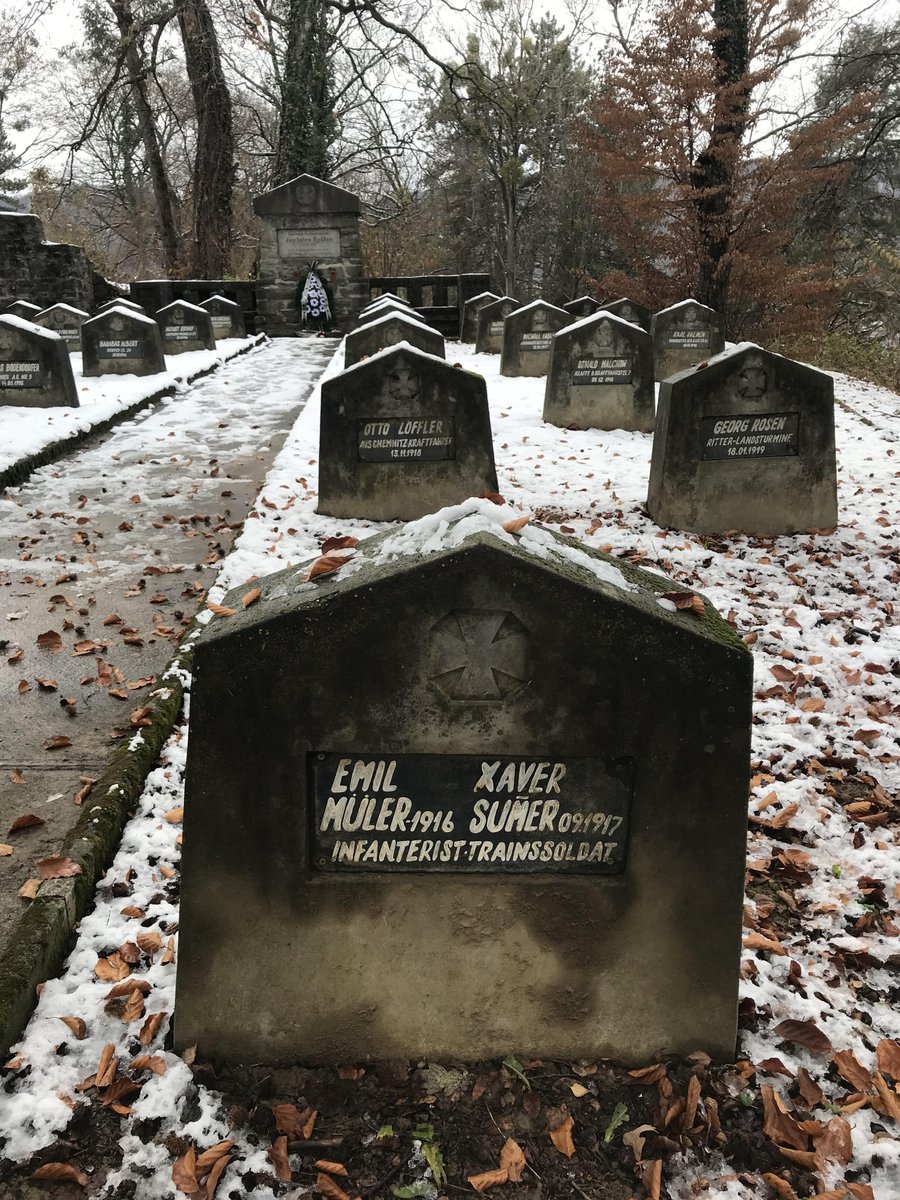 https://abs.twimg.com/emoji/v2/... draggable="false" alt="👇" title="Down pointing backhand index" aria-label="Emoji: Down pointing backhand index">https://abs.twimg.com/emoji/v2/... draggable="false" alt="👇" title="Down pointing backhand index" aria-label="Emoji: Down pointing backhand index">" title="The other day, I promised to explain the mystery behind this tombstone that marks the grave of #EmilAndXaver, two soldiers of the Austro-Hungarian Empire who fought and died in the First World War… and were buried together. Thread https://abs.twimg.com/emoji/v2/... draggable="false" alt="👇" title="Down pointing backhand index" aria-label="Emoji: Down pointing backhand index">https://abs.twimg.com/emoji/v2/... draggable="false" alt="👇" title="Down pointing backhand index" aria-label="Emoji: Down pointing backhand index">https://abs.twimg.com/emoji/v2/... draggable="false" alt="👇" title="Down pointing backhand index" aria-label="Emoji: Down pointing backhand index">" class="img-responsive" style="max-width:100%;"/>
https://abs.twimg.com/emoji/v2/... draggable="false" alt="👇" title="Down pointing backhand index" aria-label="Emoji: Down pointing backhand index">https://abs.twimg.com/emoji/v2/... draggable="false" alt="👇" title="Down pointing backhand index" aria-label="Emoji: Down pointing backhand index">" title="The other day, I promised to explain the mystery behind this tombstone that marks the grave of #EmilAndXaver, two soldiers of the Austro-Hungarian Empire who fought and died in the First World War… and were buried together. Thread https://abs.twimg.com/emoji/v2/... draggable="false" alt="👇" title="Down pointing backhand index" aria-label="Emoji: Down pointing backhand index">https://abs.twimg.com/emoji/v2/... draggable="false" alt="👇" title="Down pointing backhand index" aria-label="Emoji: Down pointing backhand index">https://abs.twimg.com/emoji/v2/... draggable="false" alt="👇" title="Down pointing backhand index" aria-label="Emoji: Down pointing backhand index">" class="img-responsive" style="max-width:100%;"/>


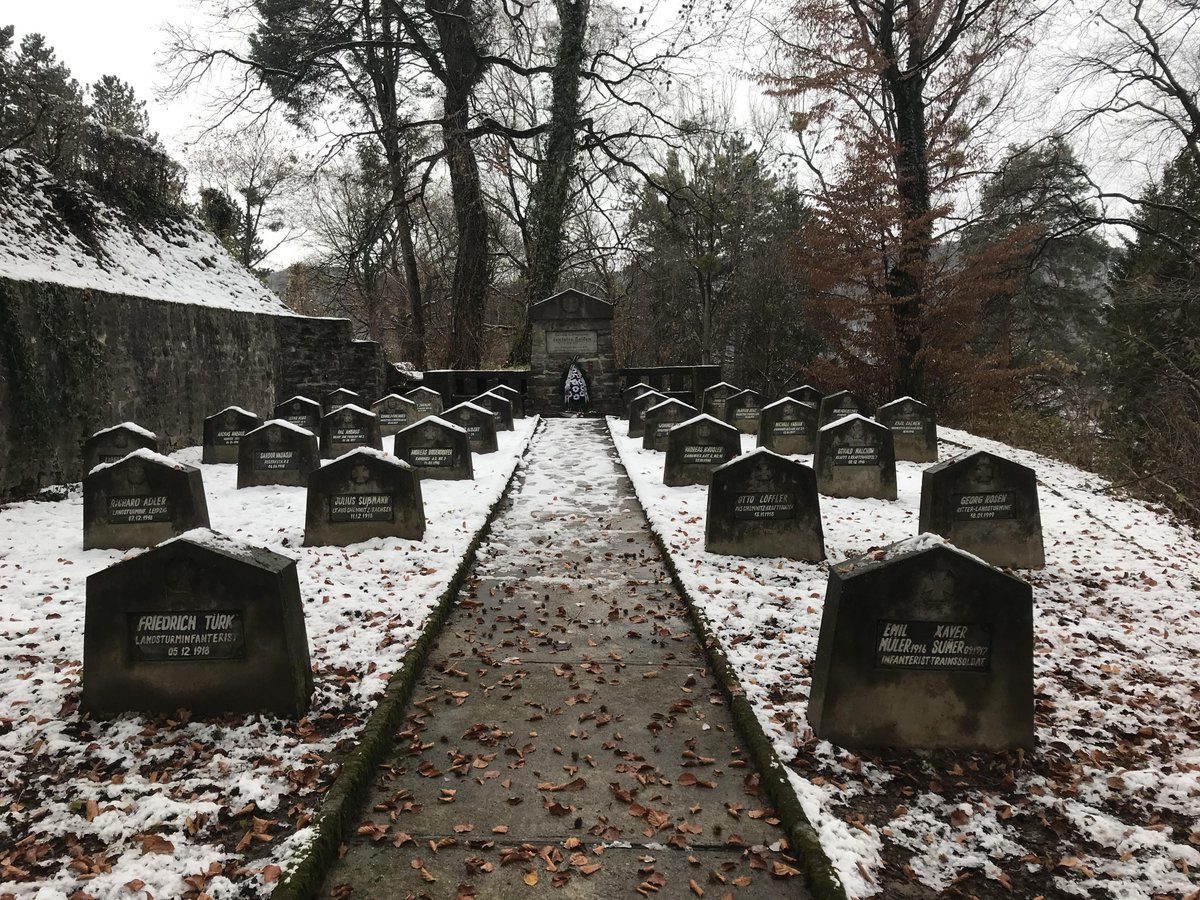

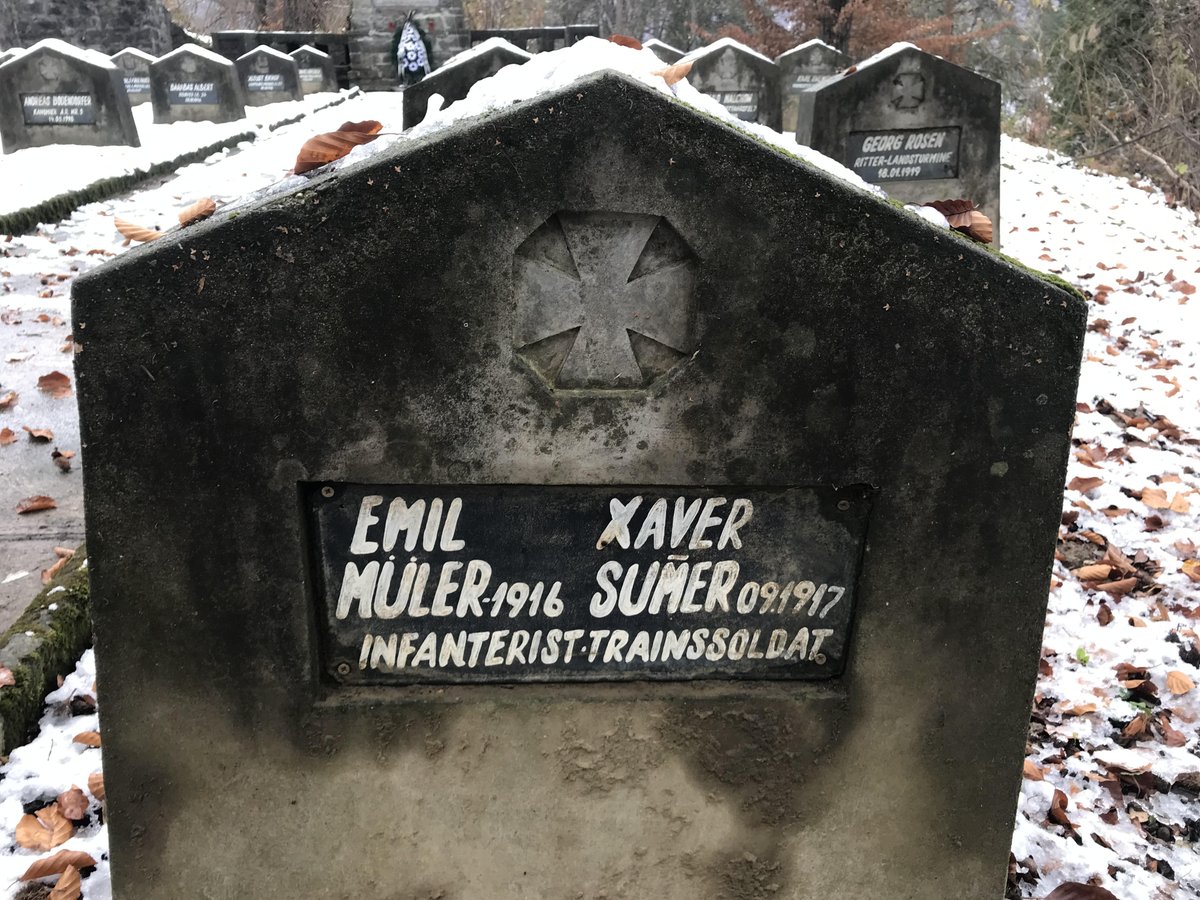
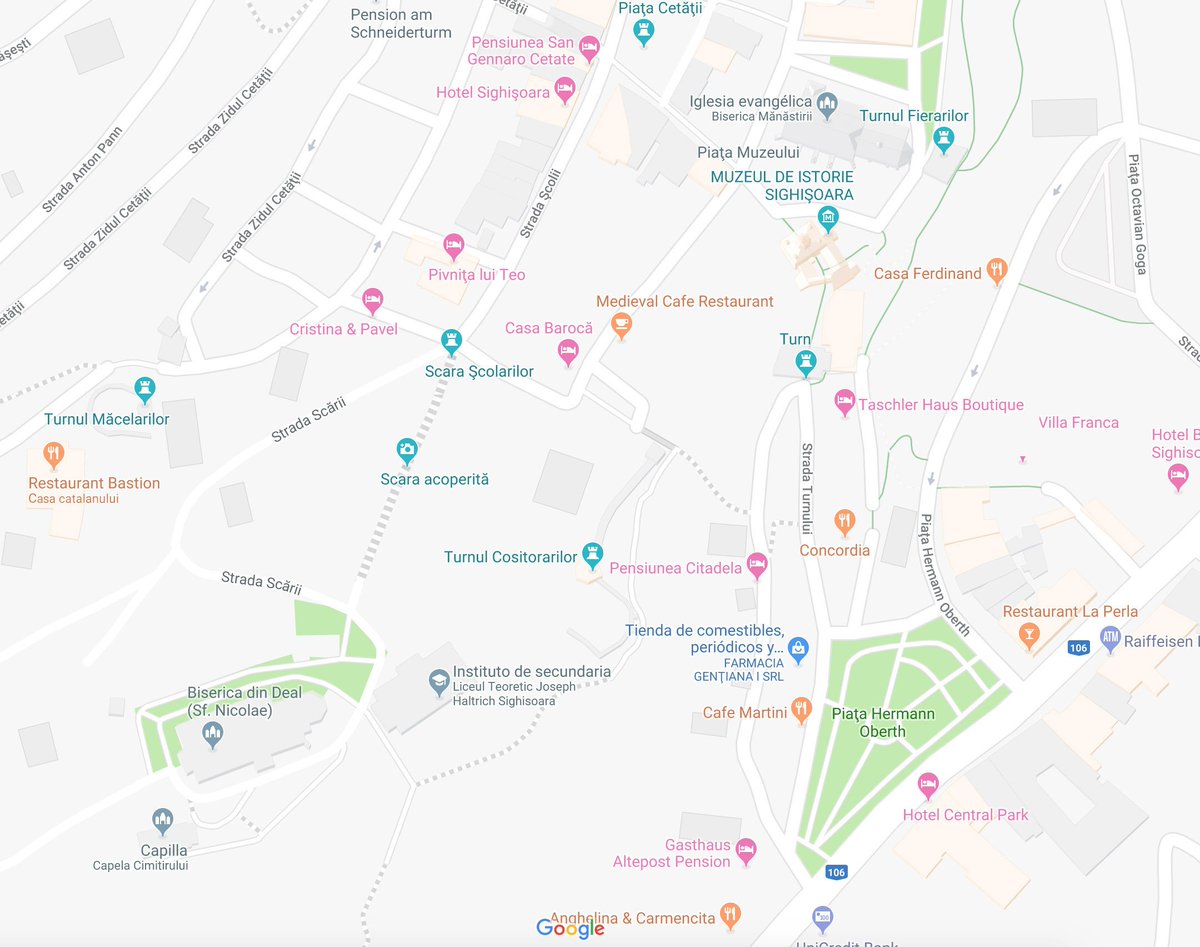 " title="“What kind of friends?” I ask. I& #39;m such a sentimental queen... But the woman doesn’t want to play ball. She picks up a map and puts her finger on the famous Clock Tower in the centre of town.(Muzeul de Istorie in this Google Maps version) https://abs.twimg.com/emoji/v2/... draggable="false" alt="👇" title="Down pointing backhand index" aria-label="Emoji: Down pointing backhand index">" class="img-responsive" style="max-width:100%;"/>
" title="“What kind of friends?” I ask. I& #39;m such a sentimental queen... But the woman doesn’t want to play ball. She picks up a map and puts her finger on the famous Clock Tower in the centre of town.(Muzeul de Istorie in this Google Maps version) https://abs.twimg.com/emoji/v2/... draggable="false" alt="👇" title="Down pointing backhand index" aria-label="Emoji: Down pointing backhand index">" class="img-responsive" style="max-width:100%;"/>

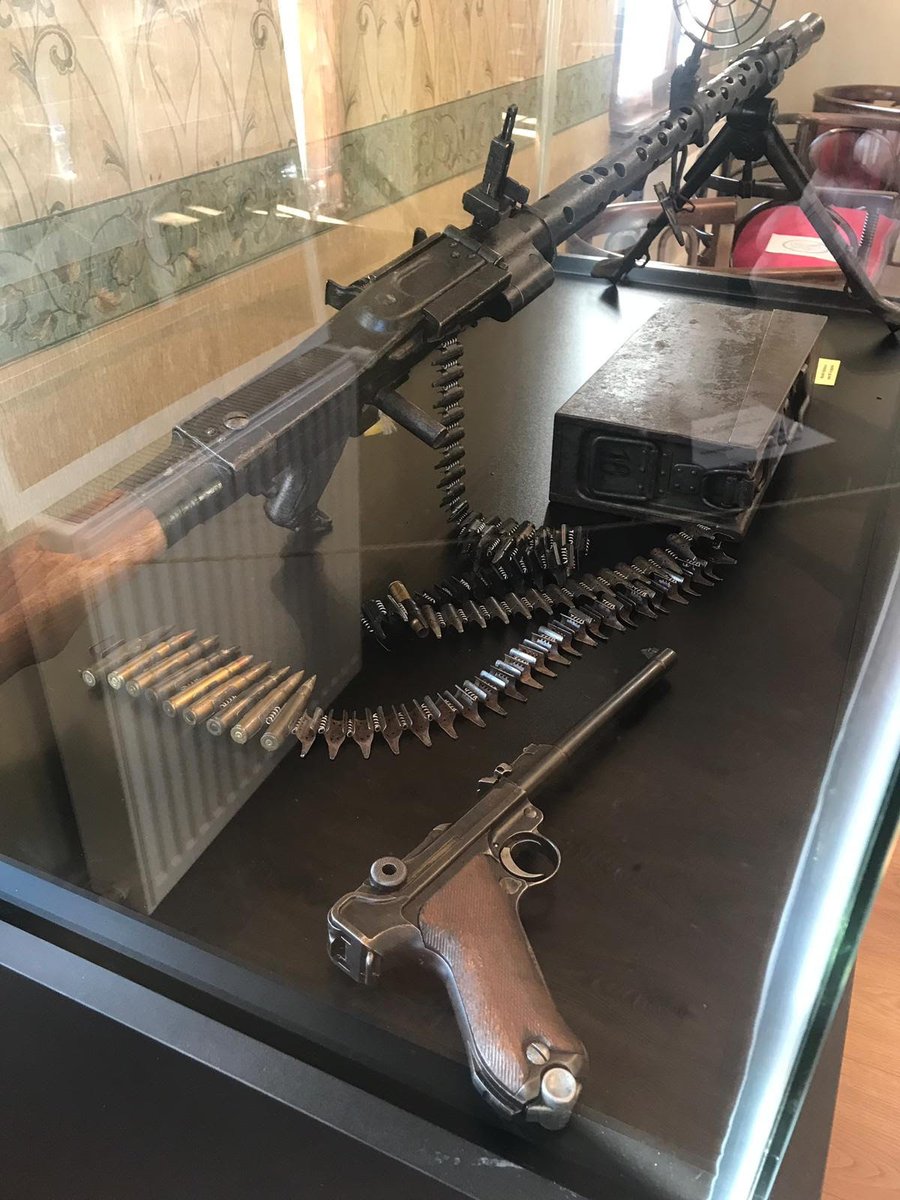


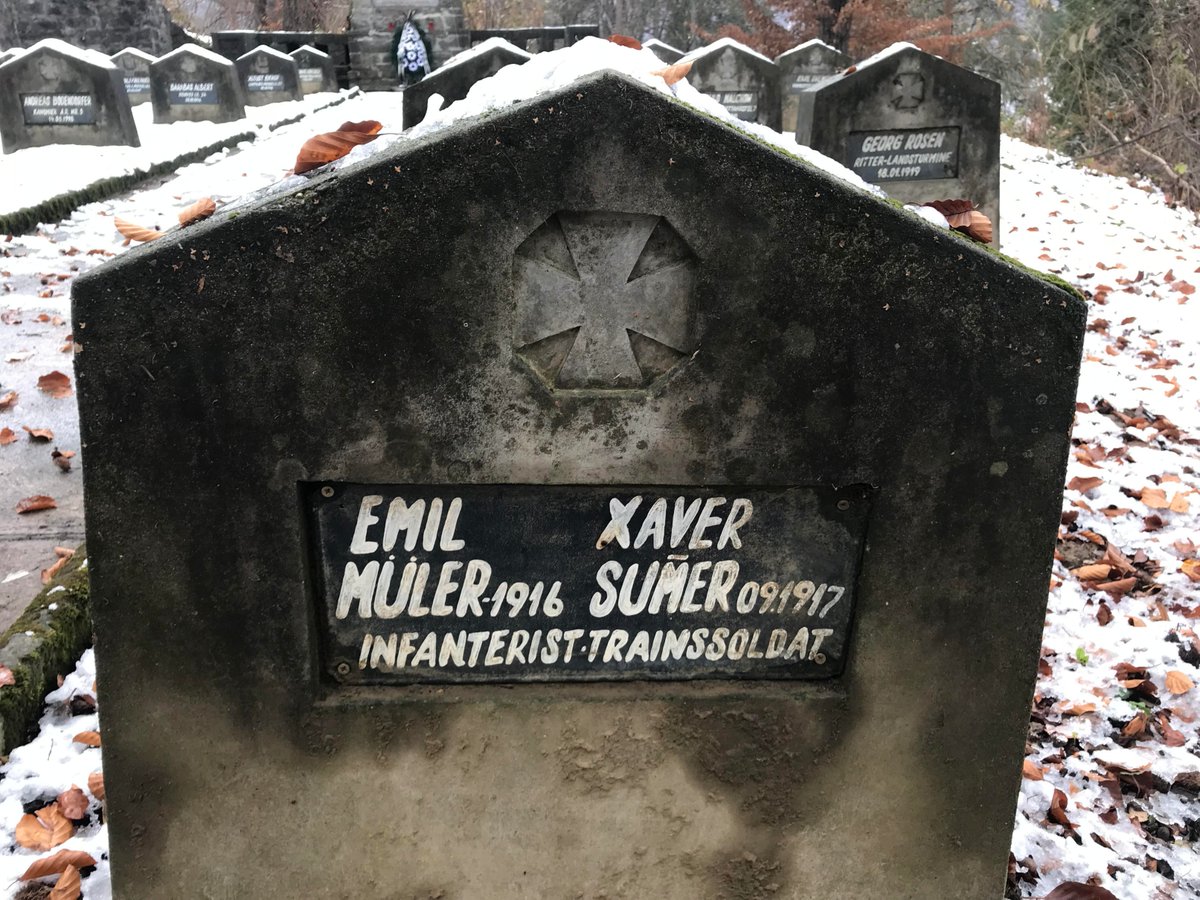


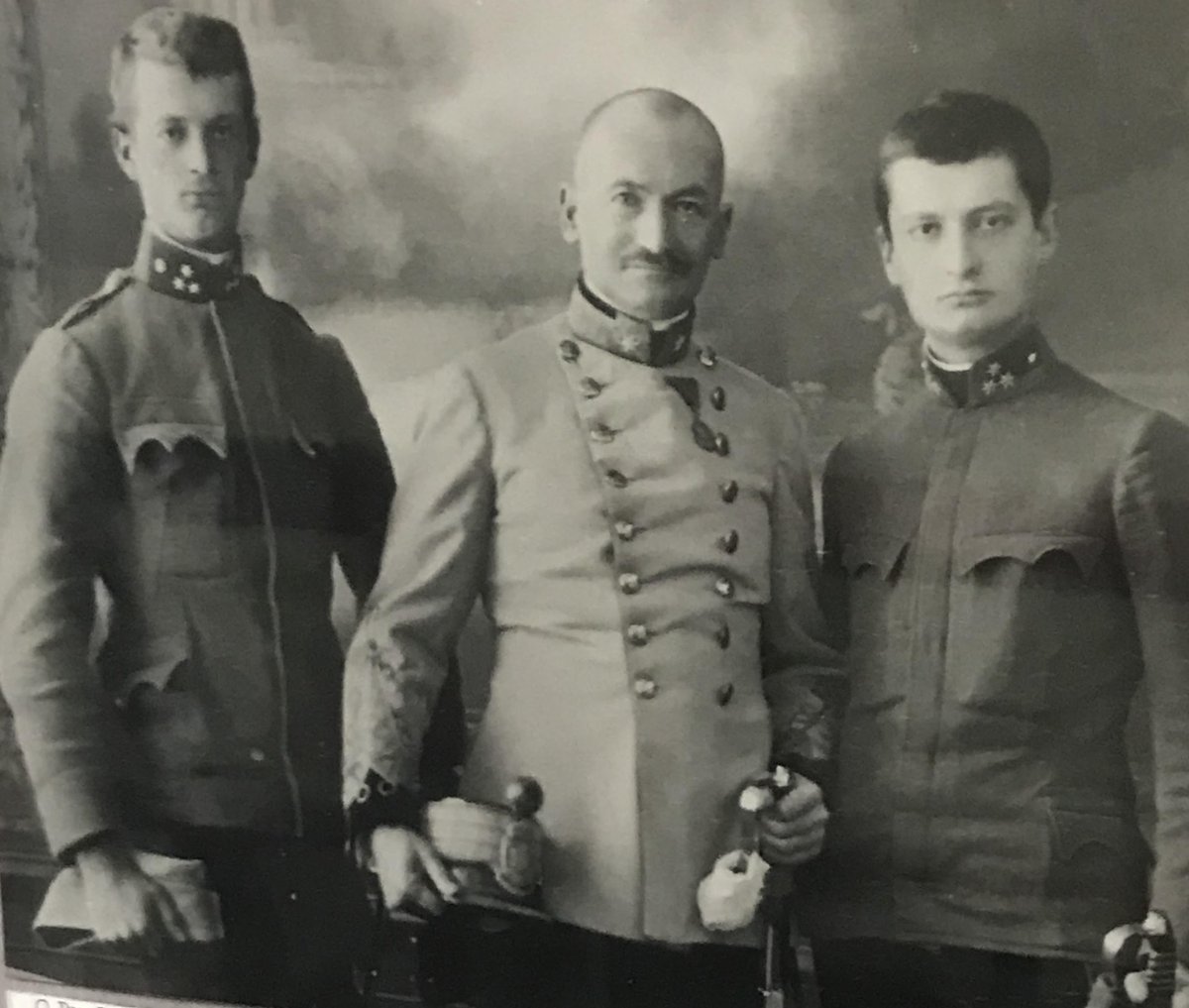
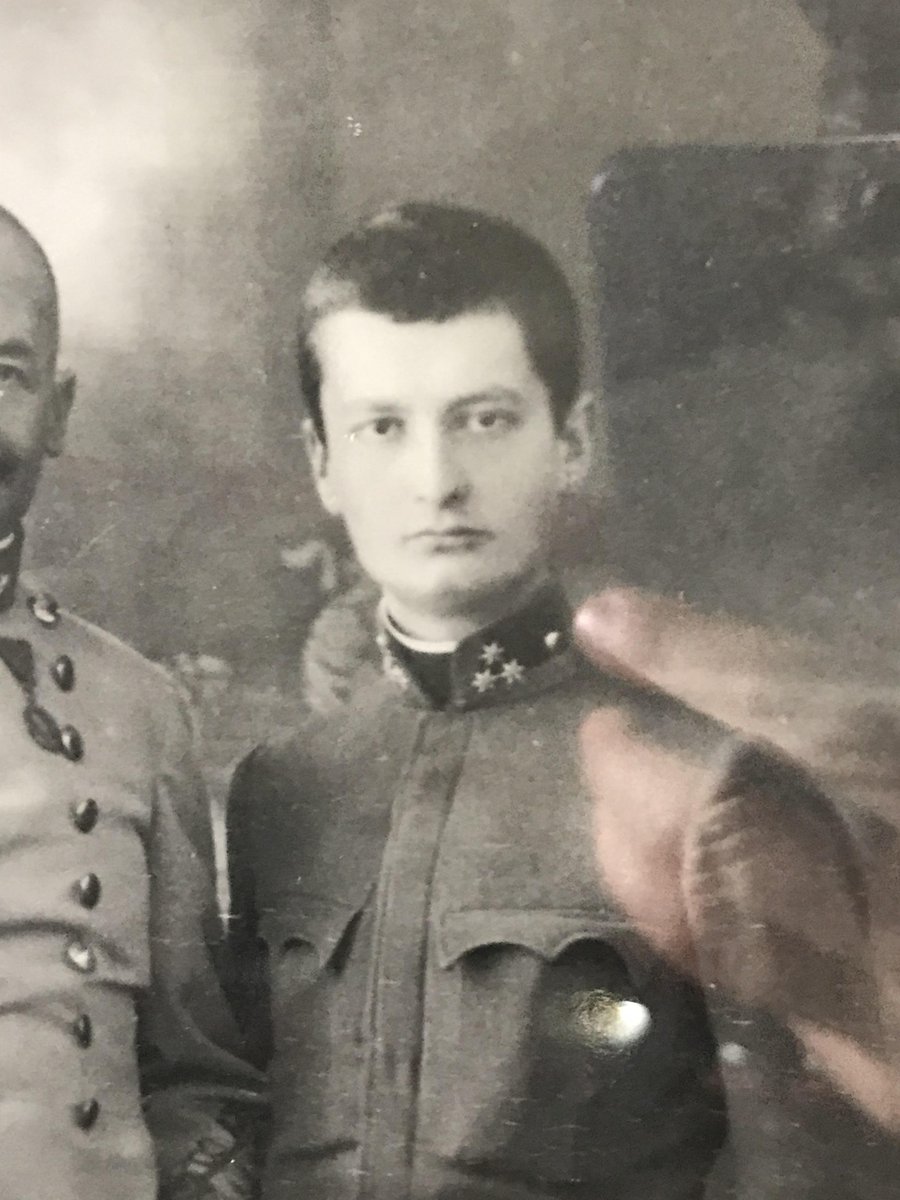


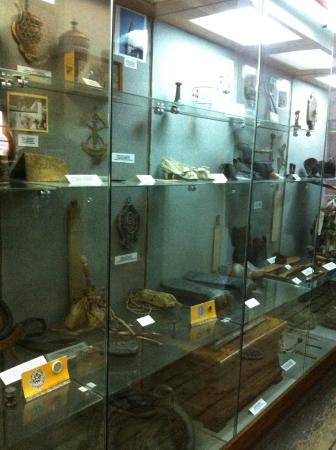
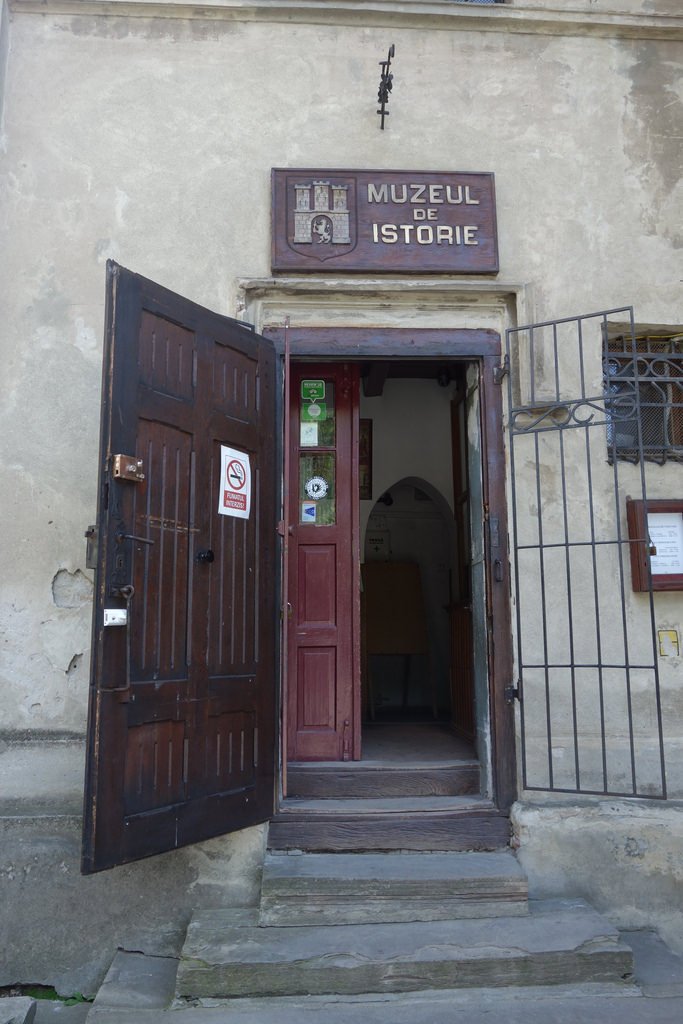


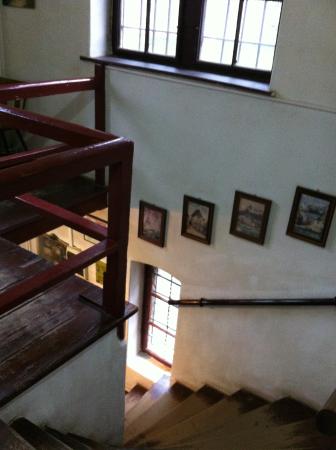

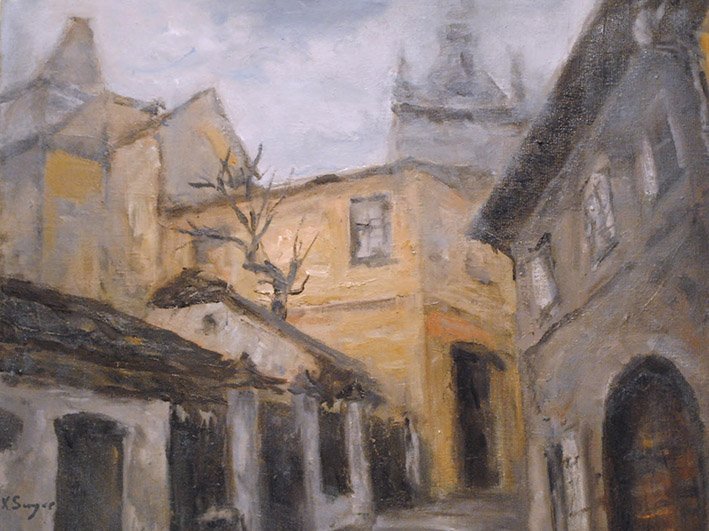

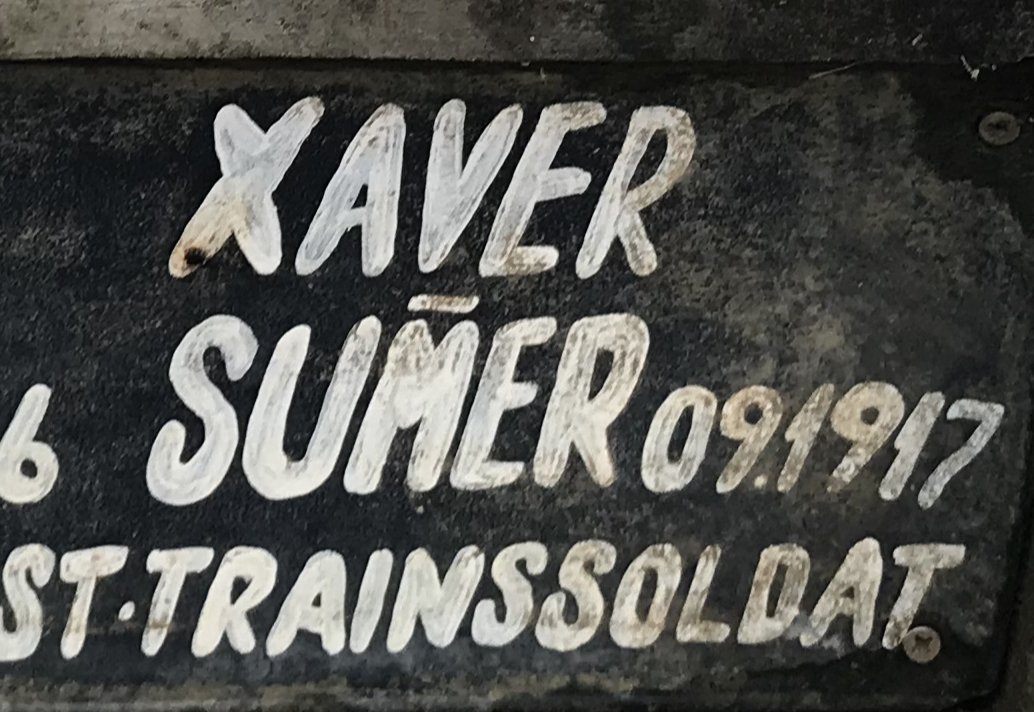

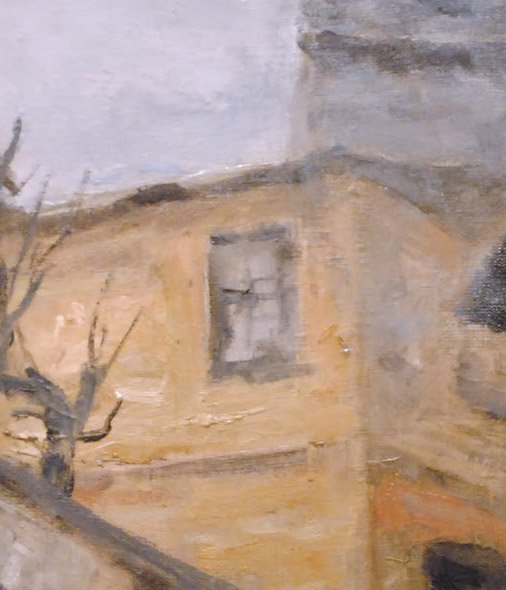
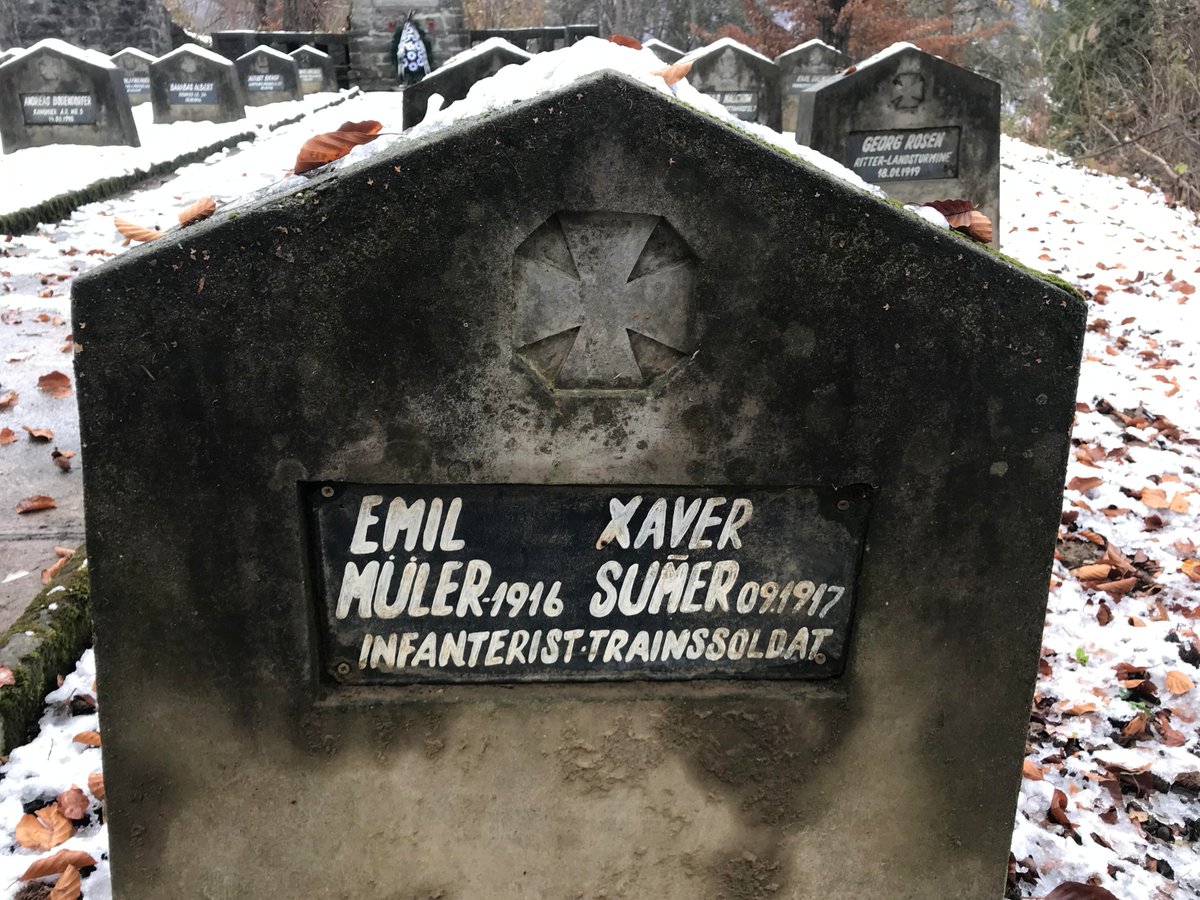


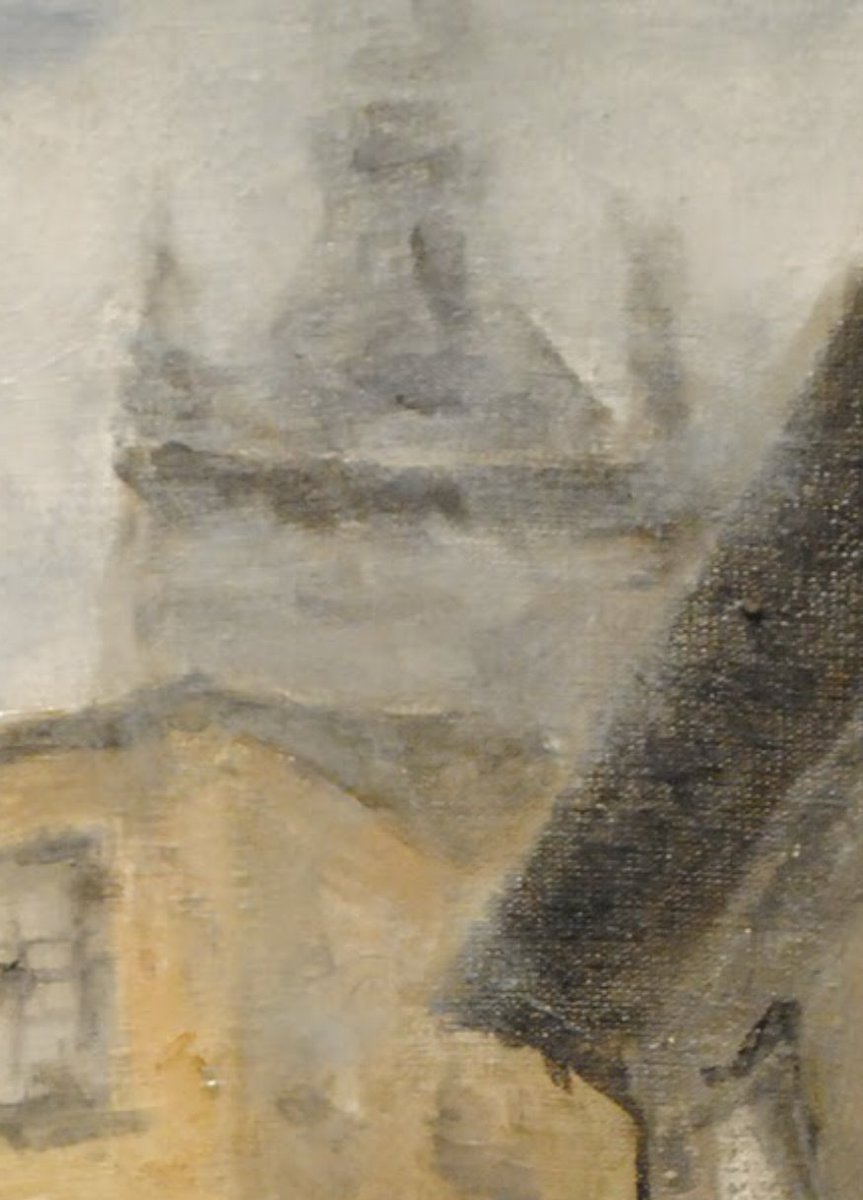
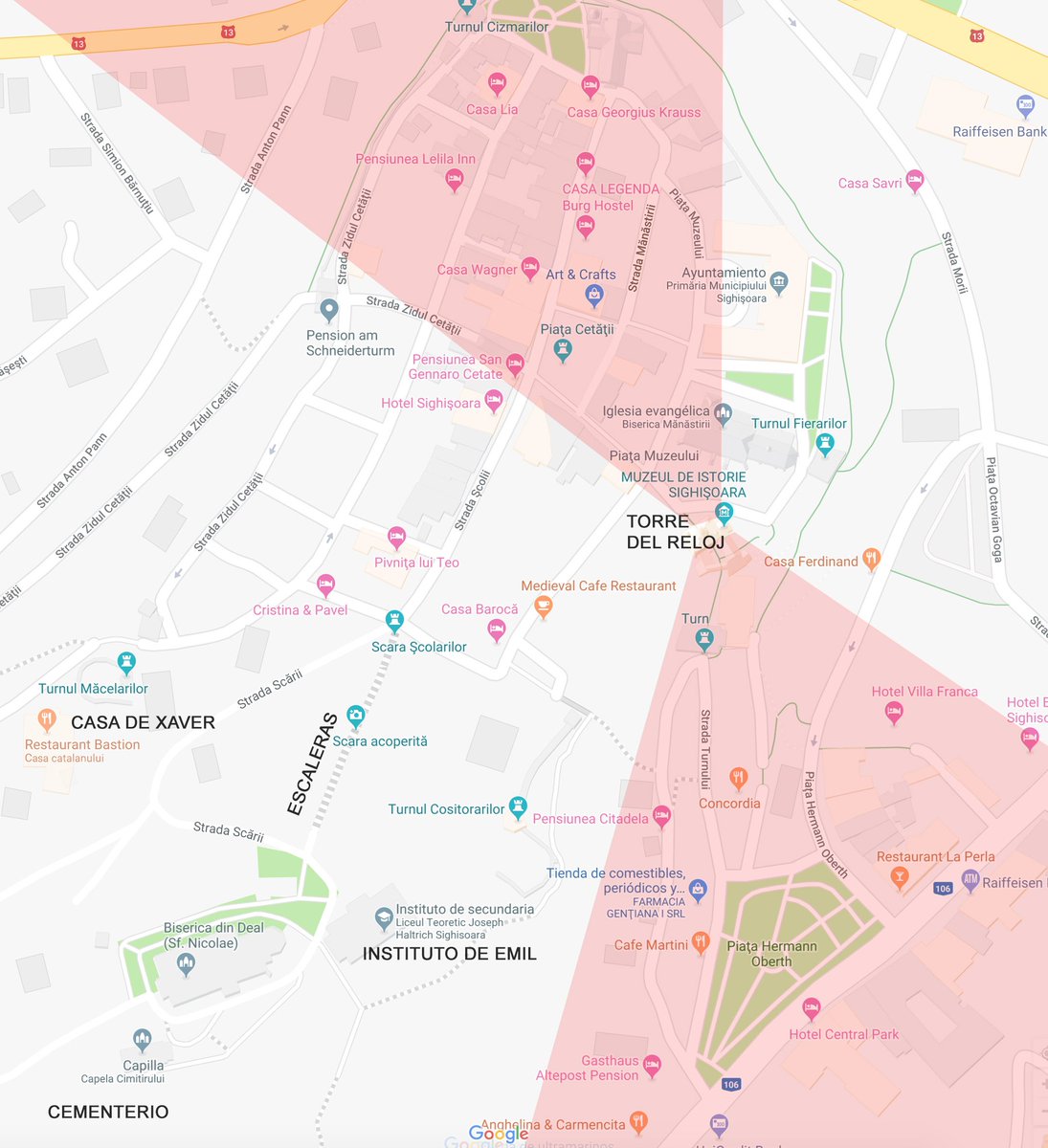
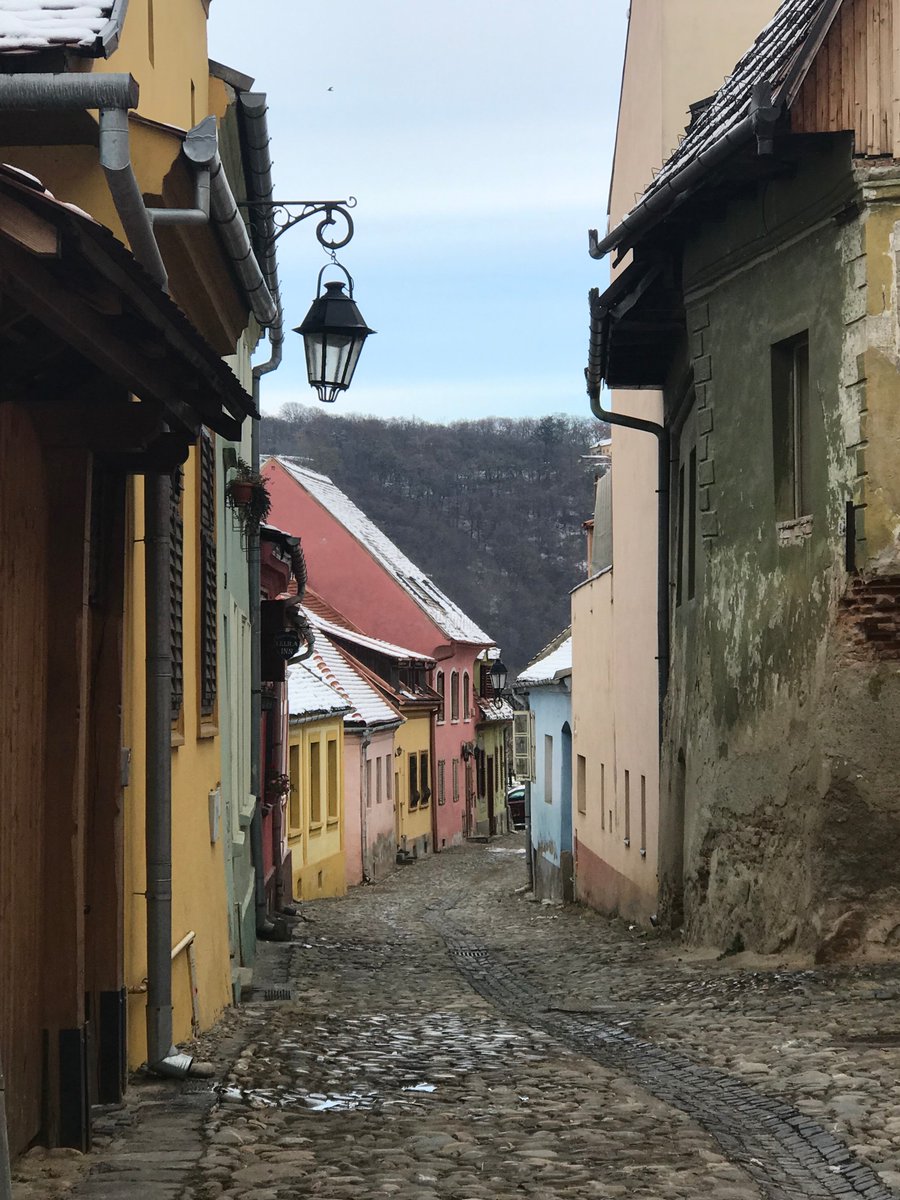


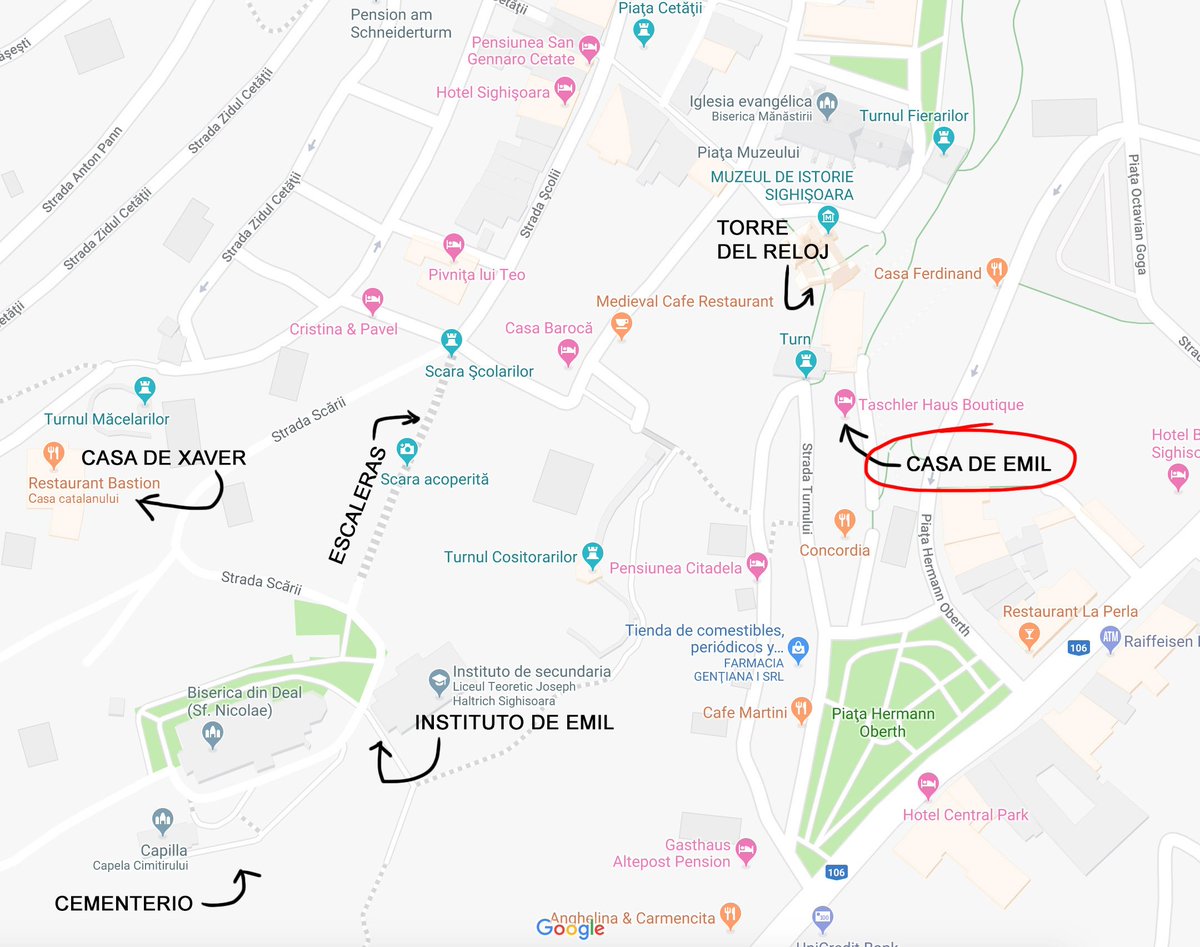
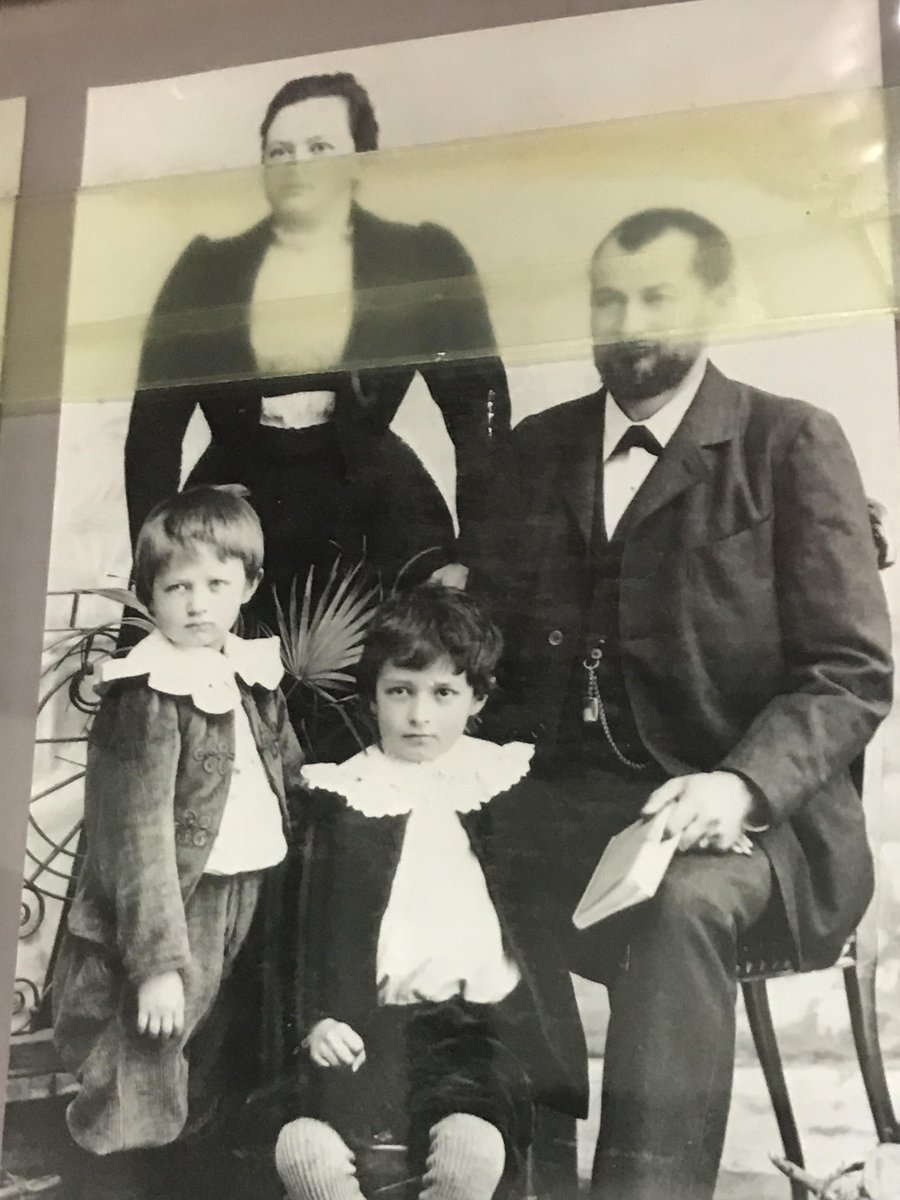


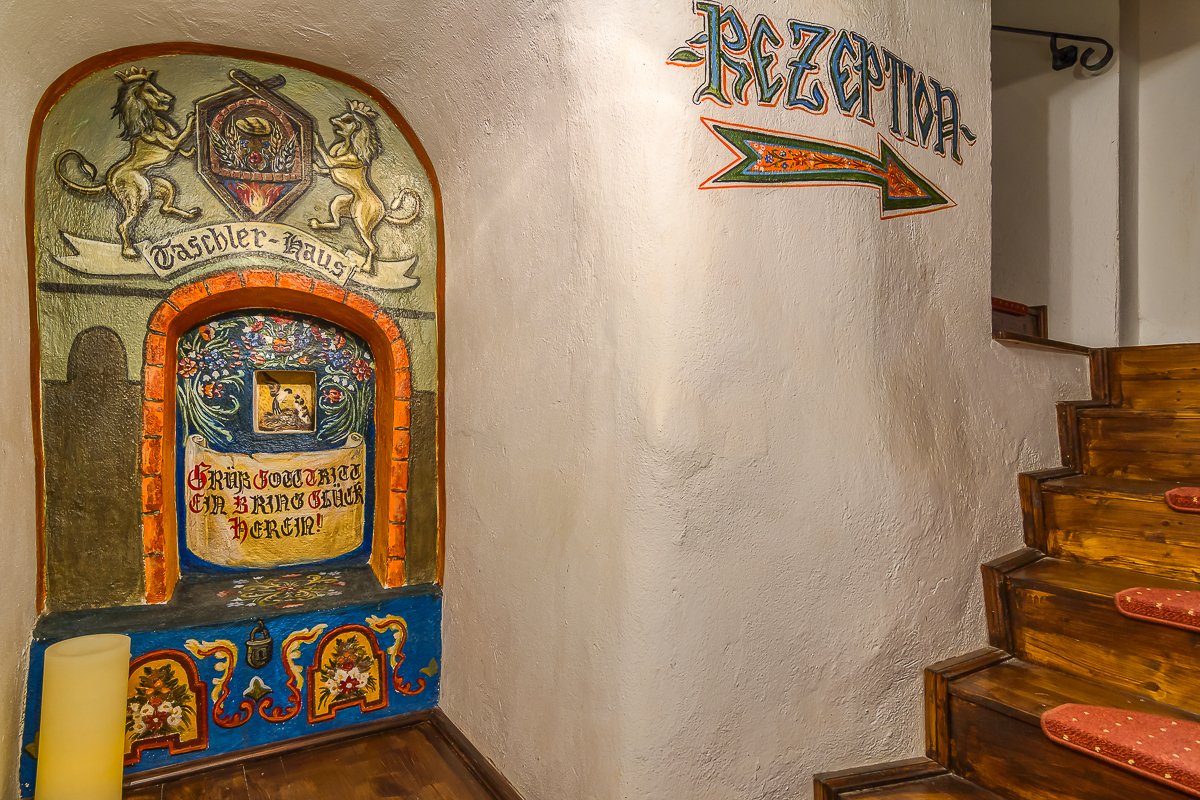
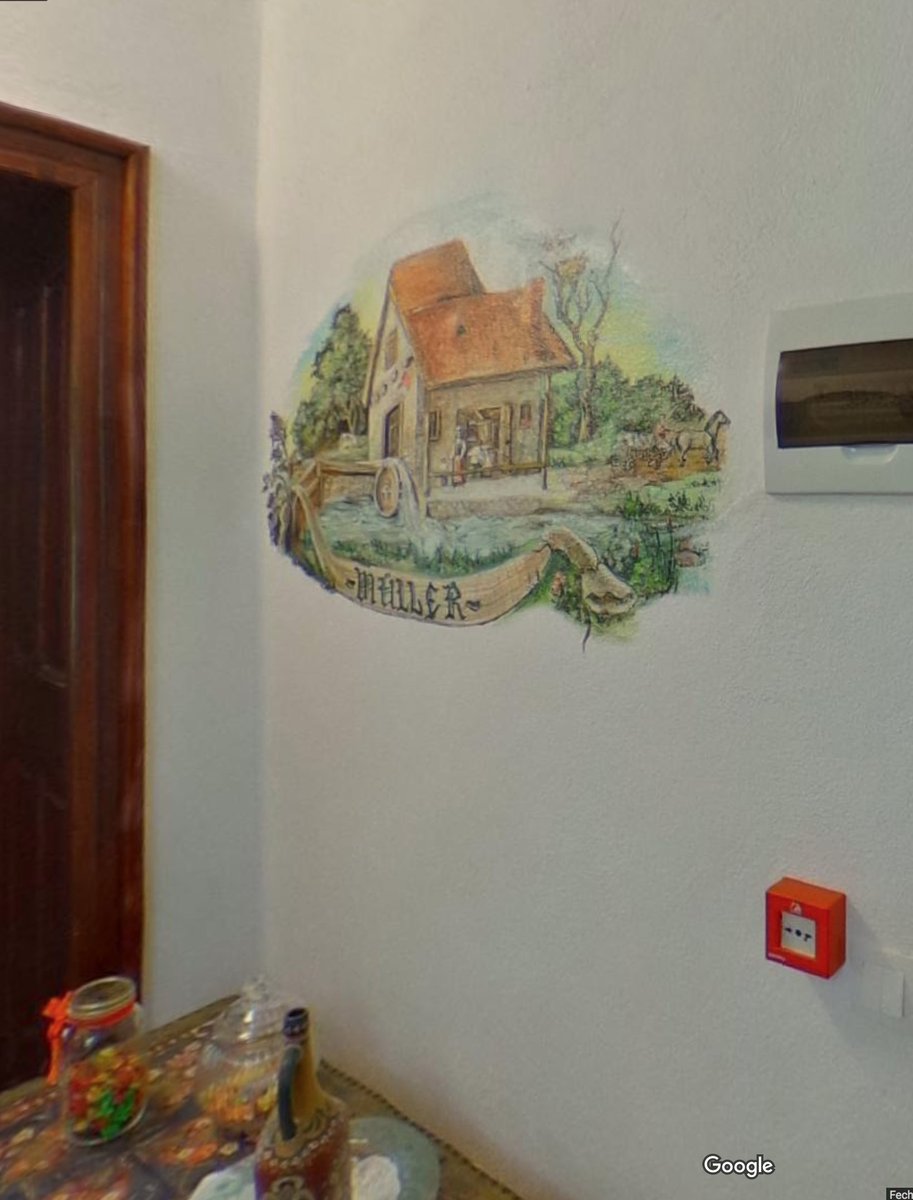
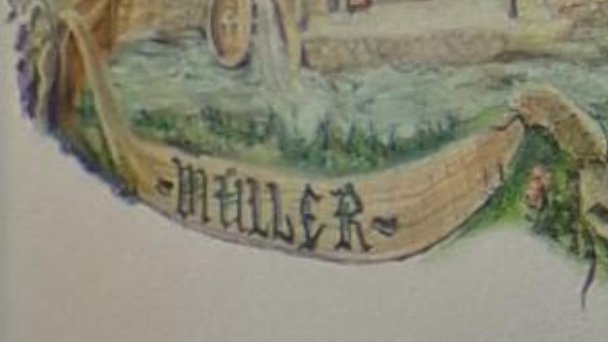

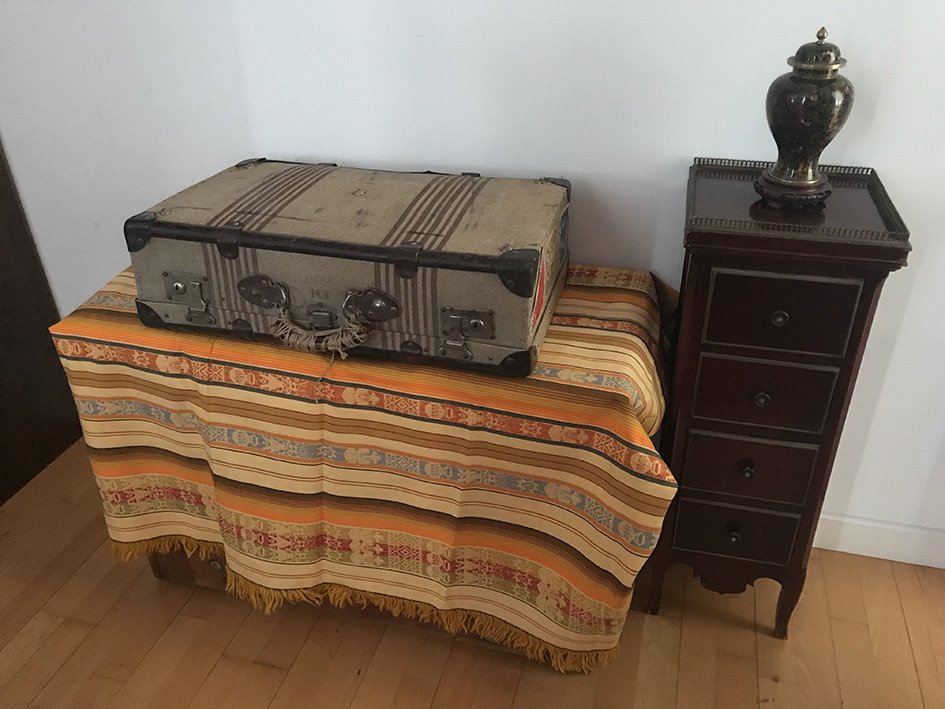

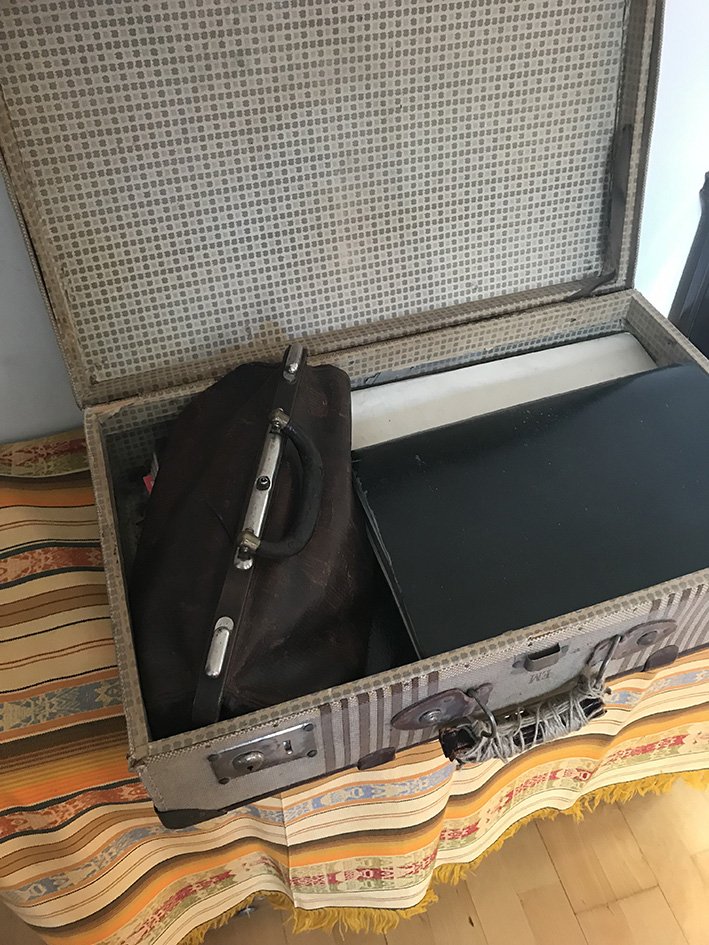




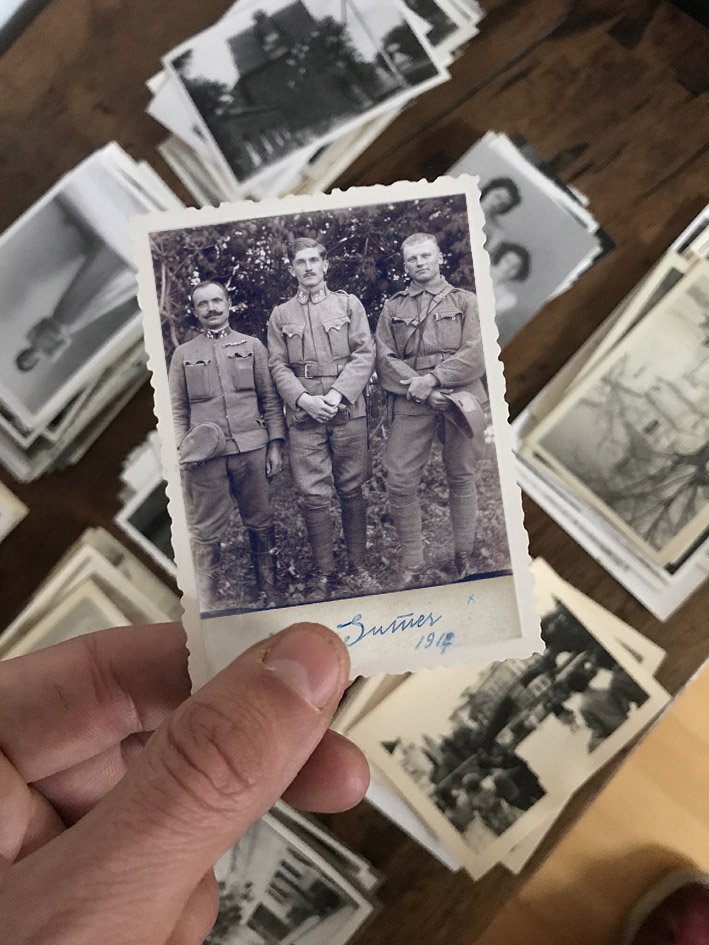
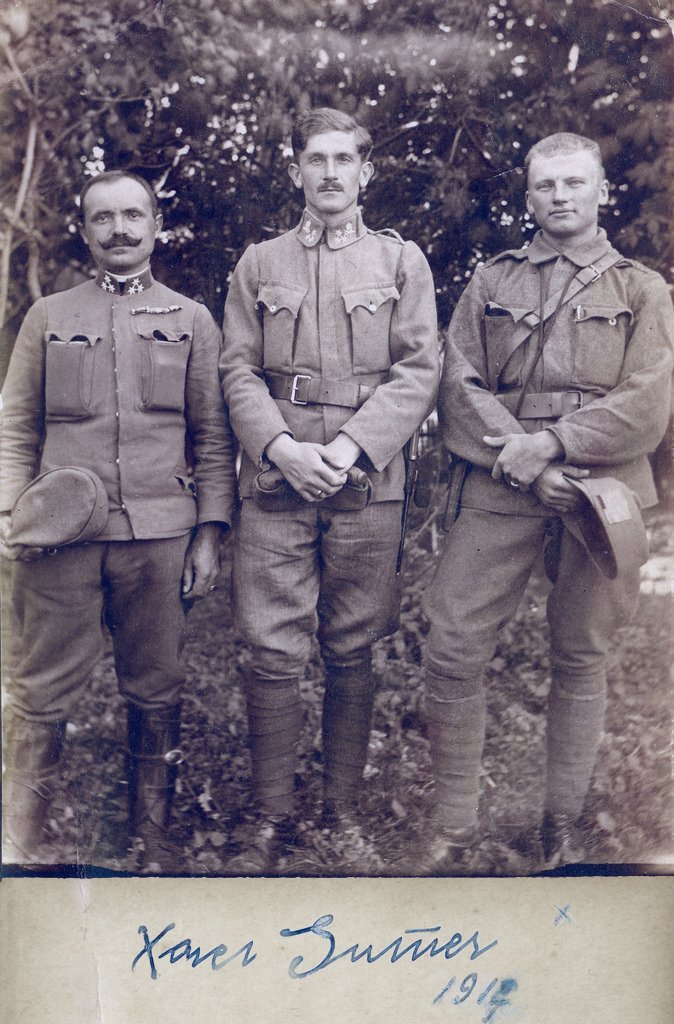

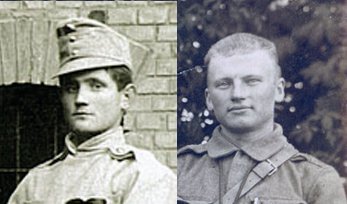




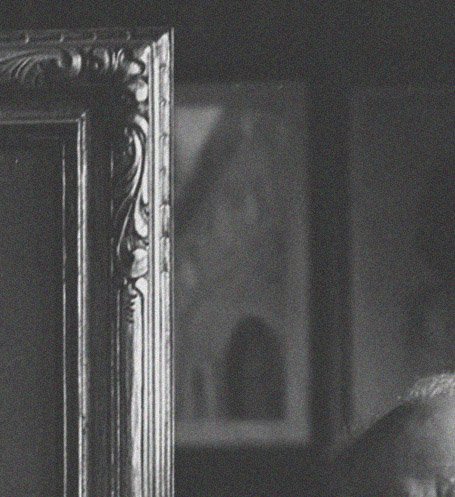
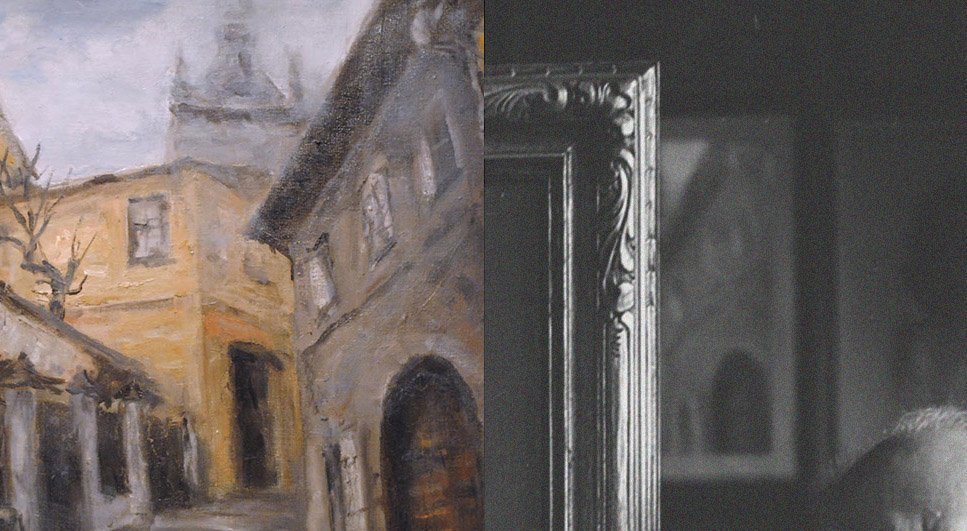
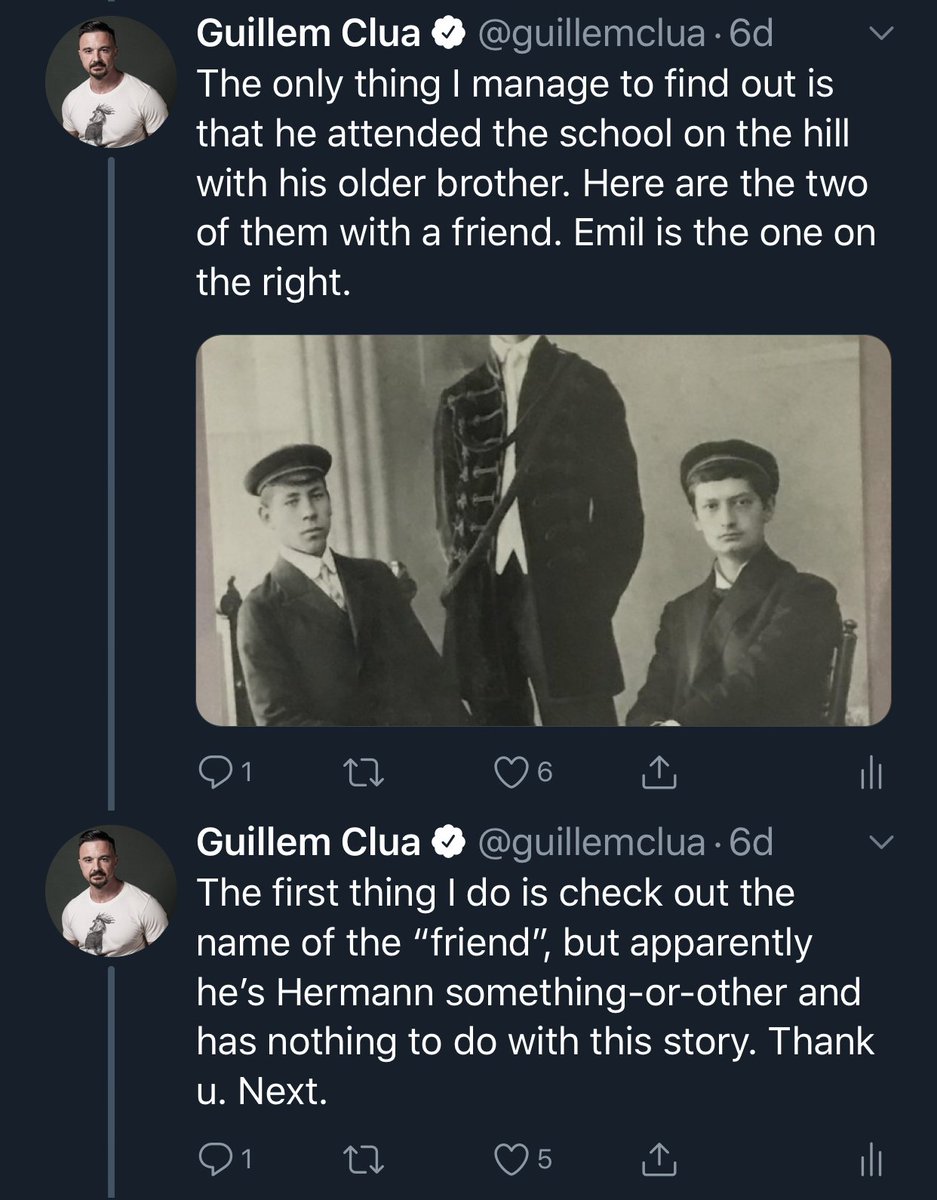
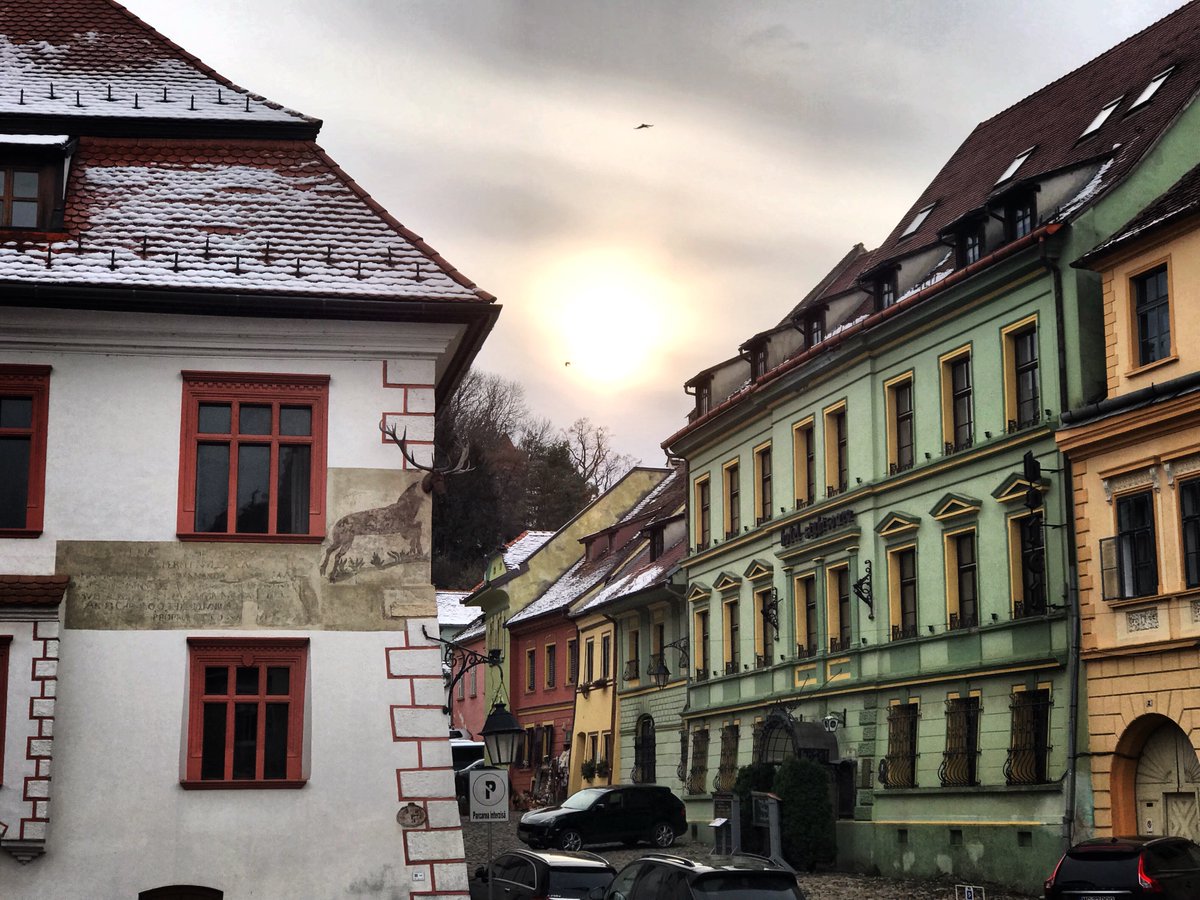







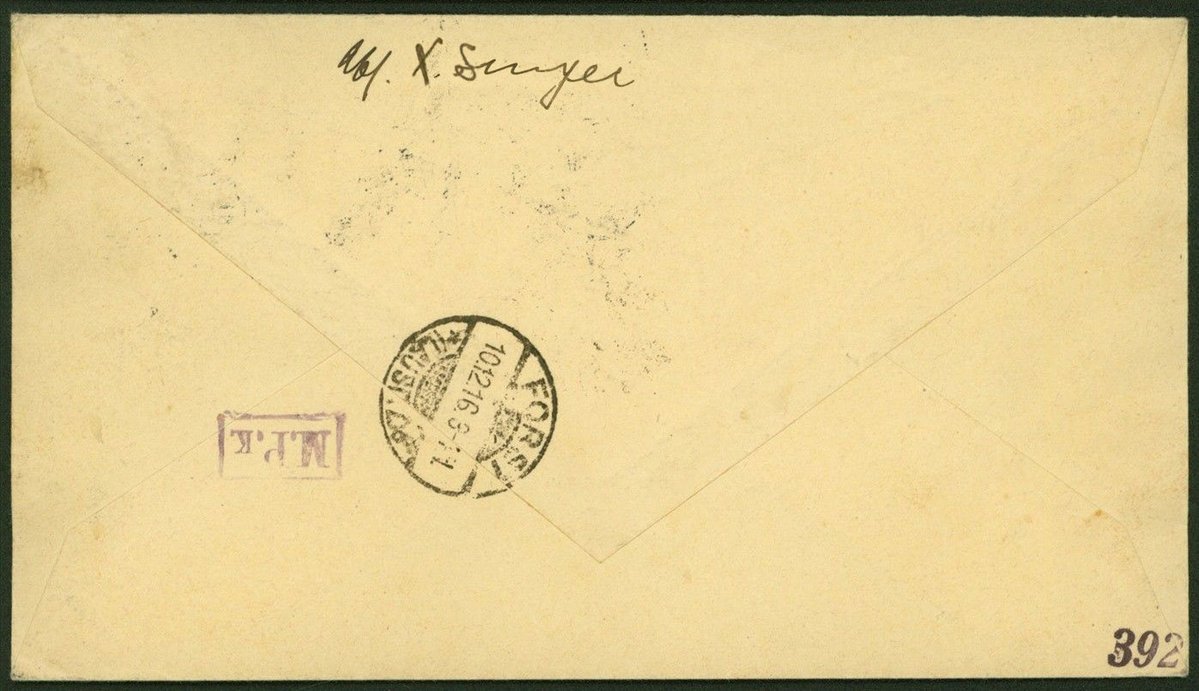

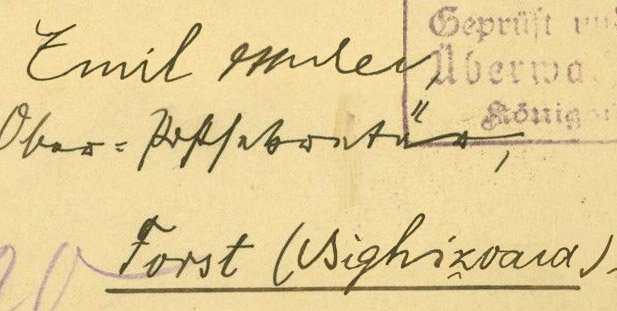

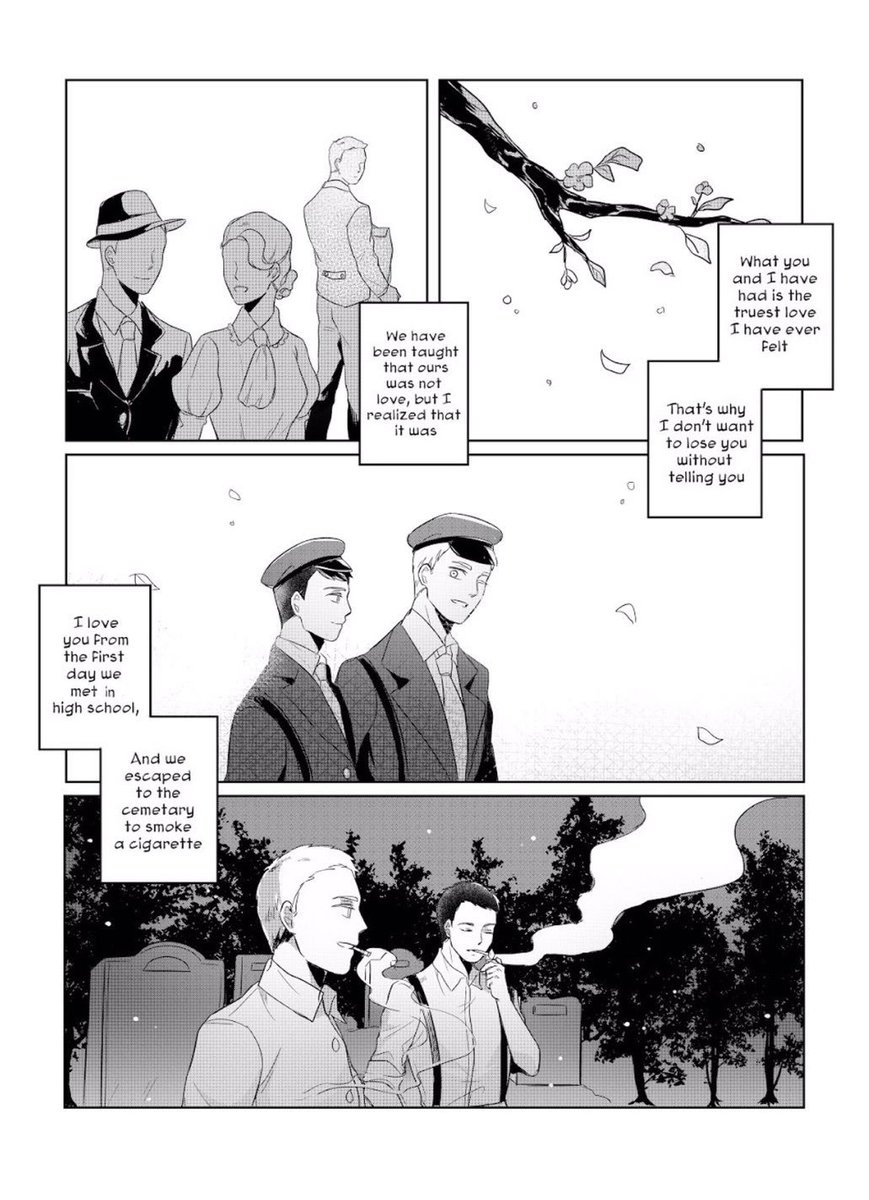






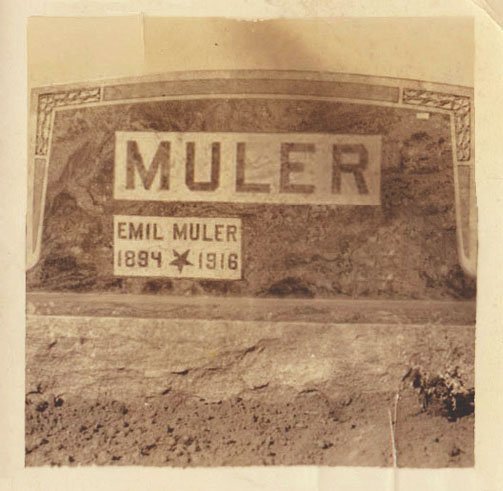

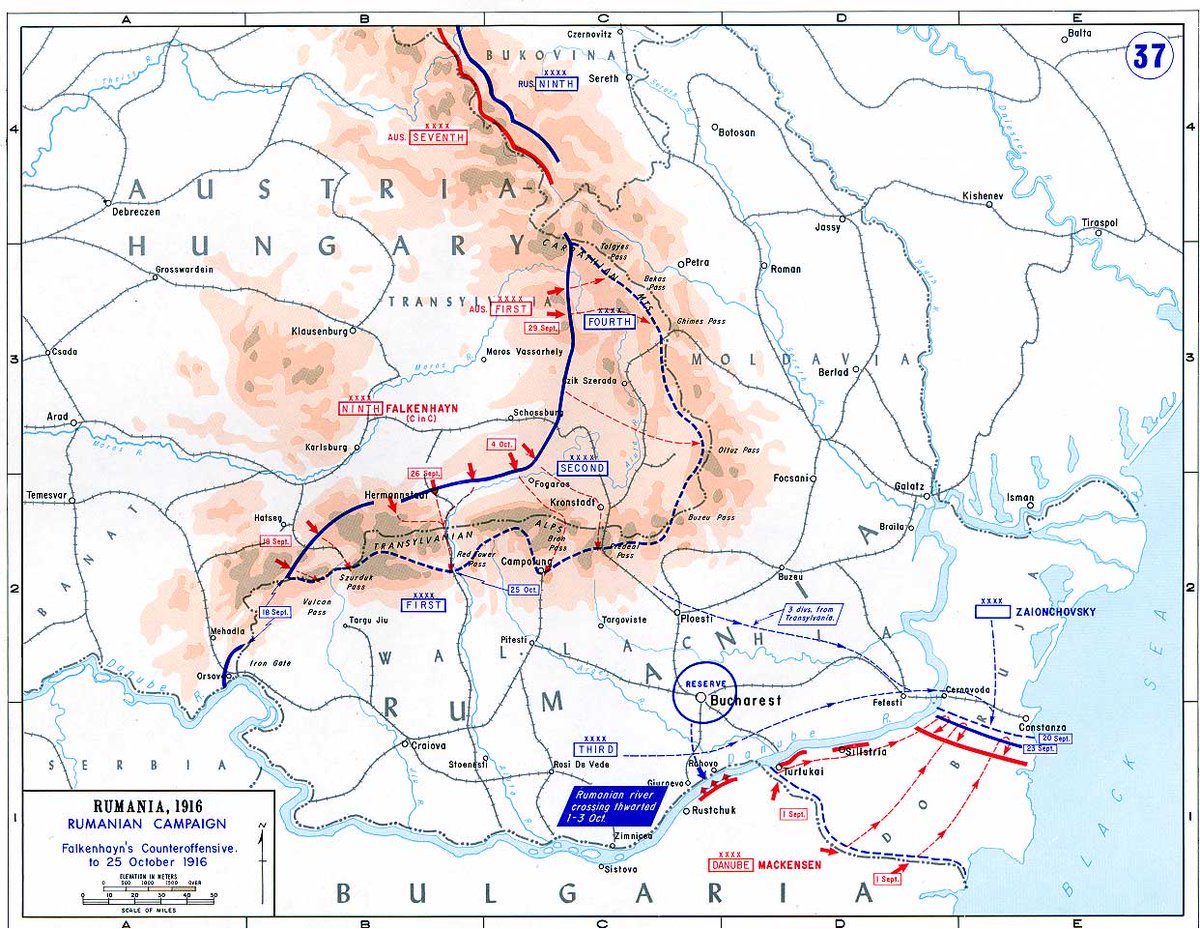

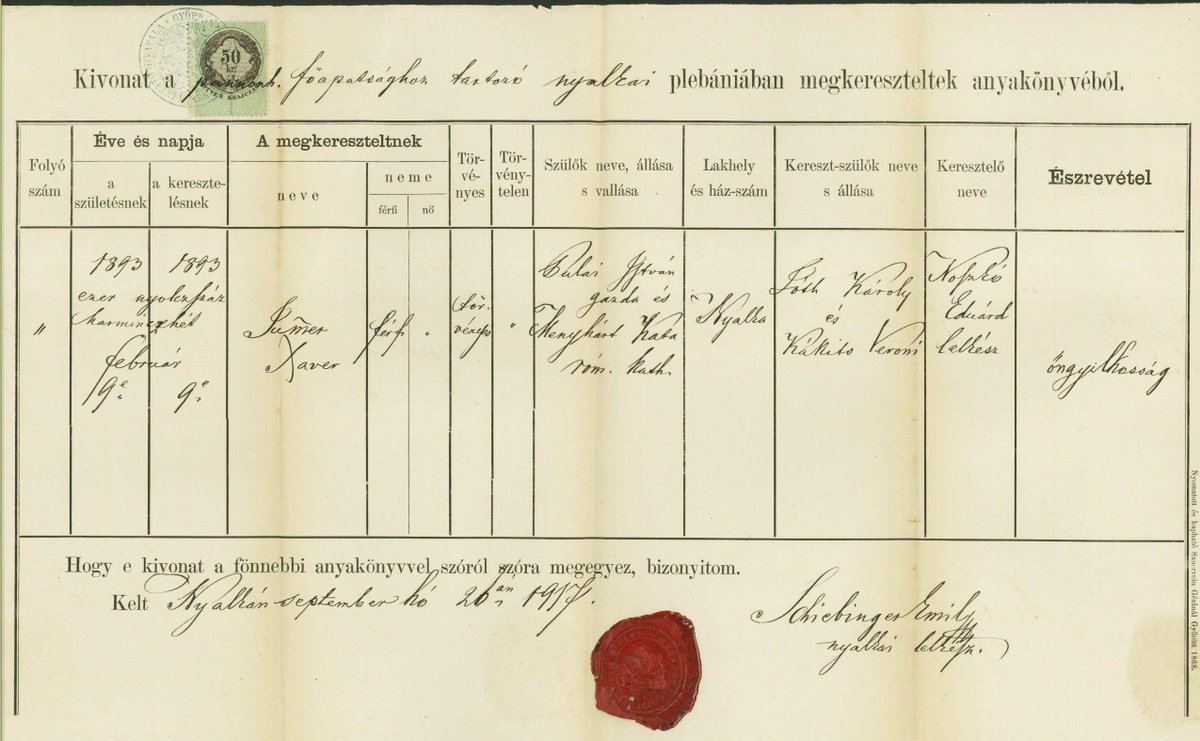




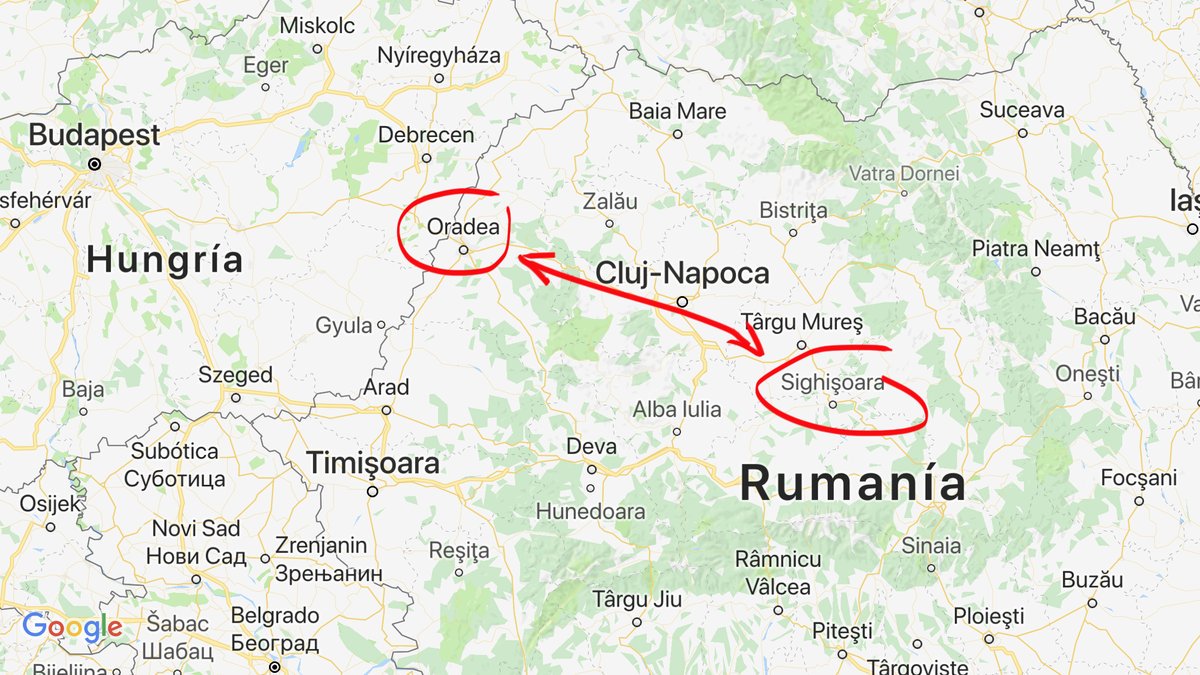

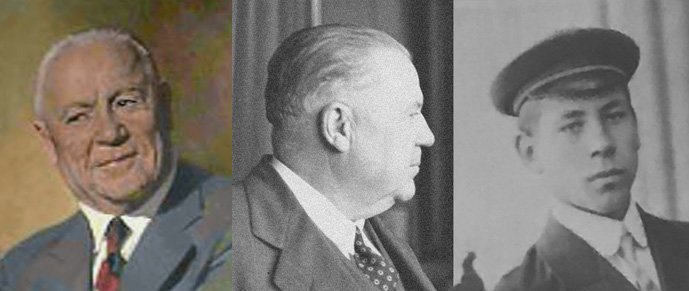
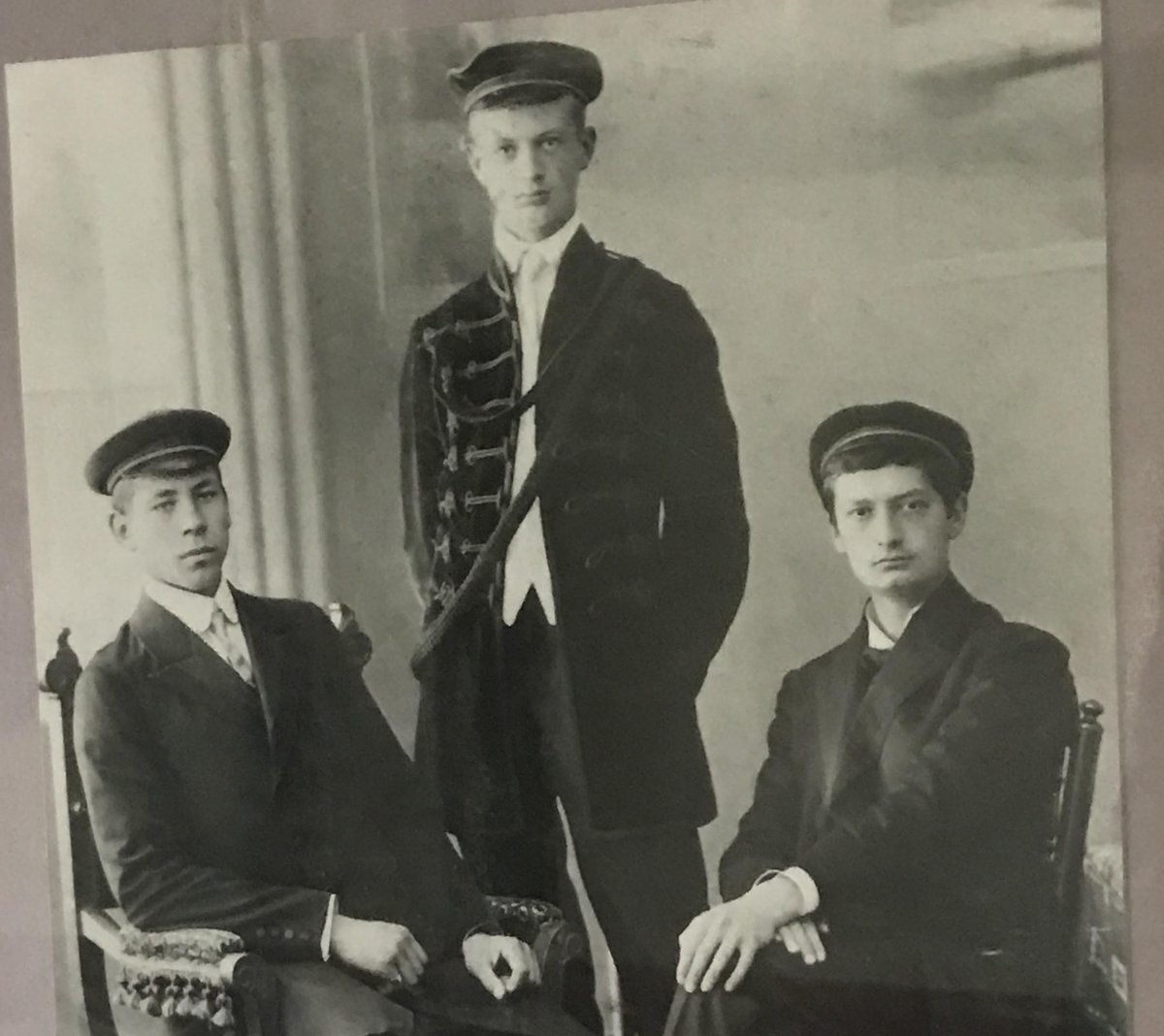



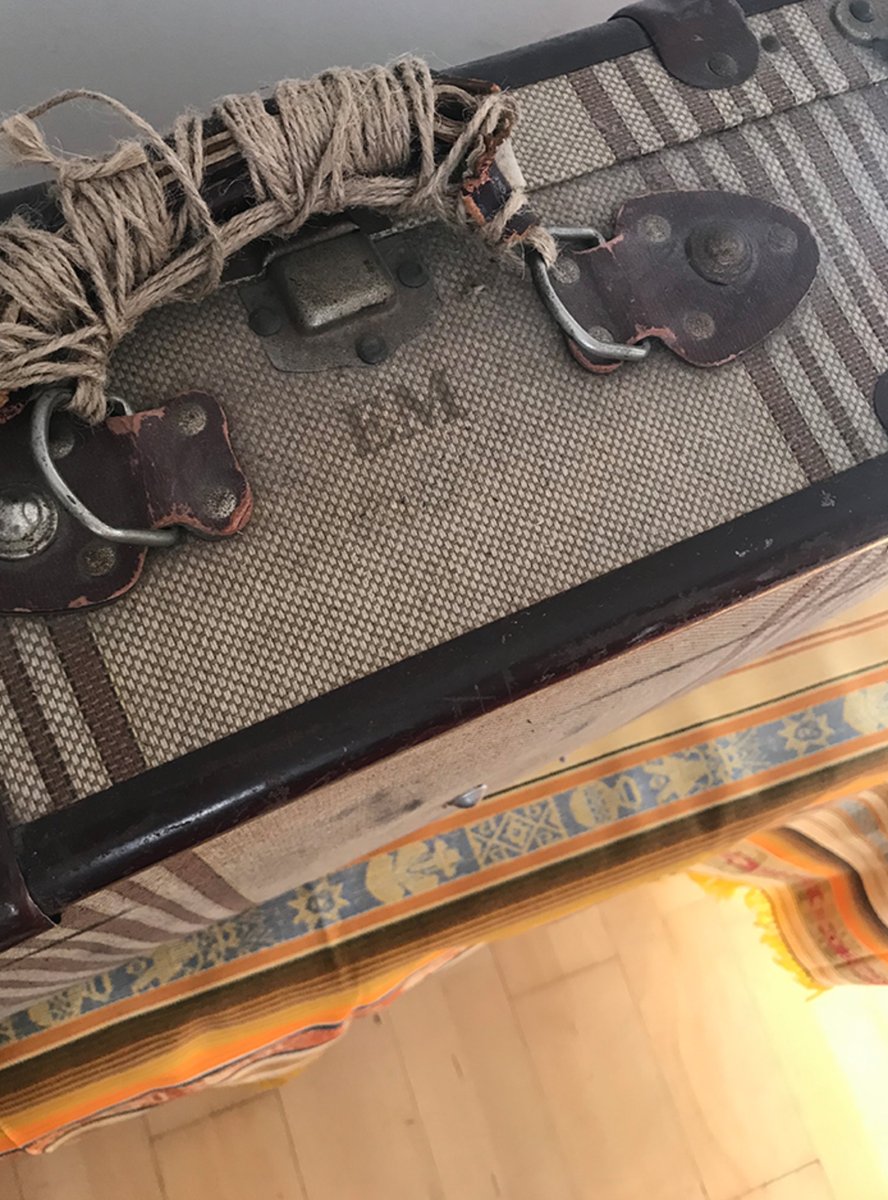

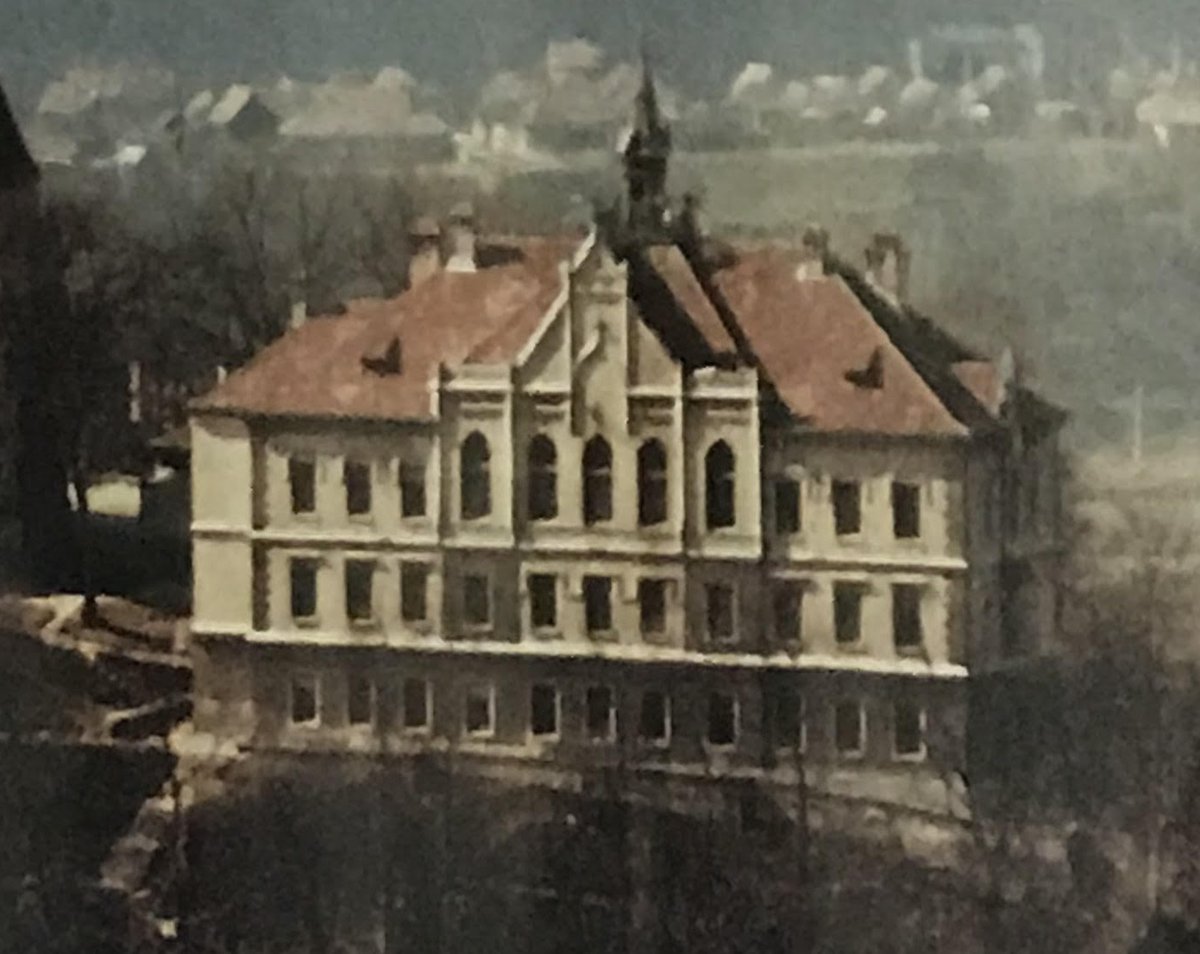
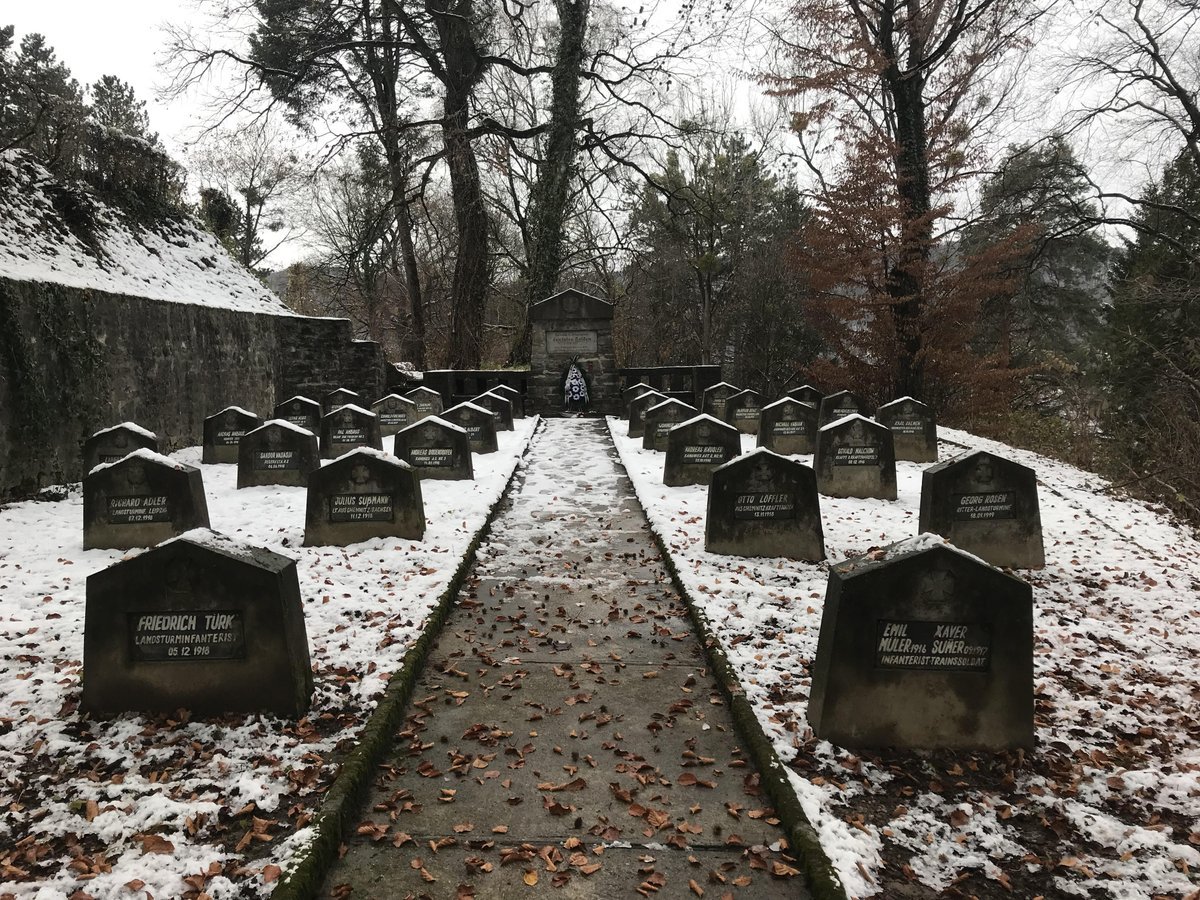

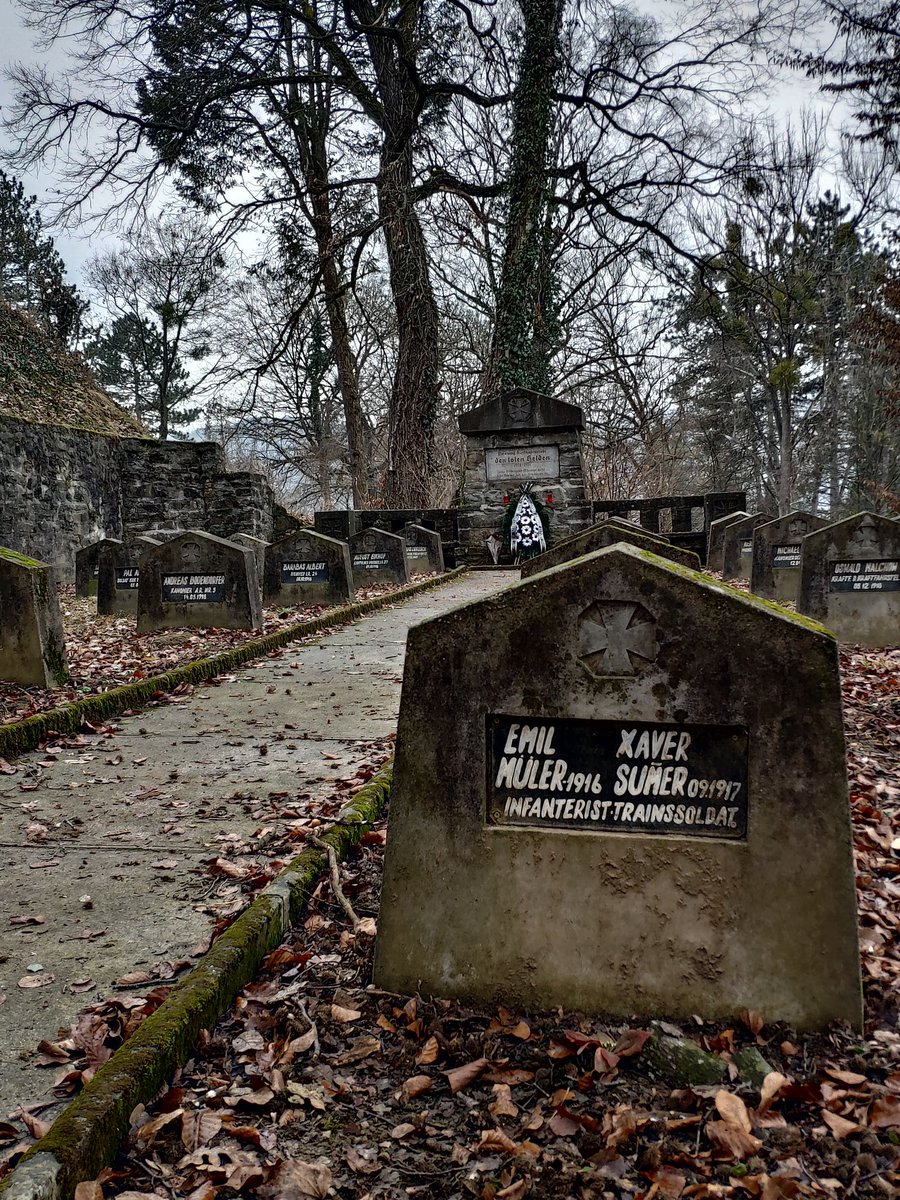 https://abs.twimg.com/emoji/v2/... draggable="false" alt="❤" title="Red heart" aria-label="Emoji: Red heart">" title="THE END https://abs.twimg.com/emoji/v2/... draggable="false" alt="❤" title="Red heart" aria-label="Emoji: Red heart">https://abs.twimg.com/emoji/v2/... draggable="false" alt="❤" title="Red heart" aria-label="Emoji: Red heart">" class="img-responsive" style="max-width:100%;"/>
https://abs.twimg.com/emoji/v2/... draggable="false" alt="❤" title="Red heart" aria-label="Emoji: Red heart">" title="THE END https://abs.twimg.com/emoji/v2/... draggable="false" alt="❤" title="Red heart" aria-label="Emoji: Red heart">https://abs.twimg.com/emoji/v2/... draggable="false" alt="❤" title="Red heart" aria-label="Emoji: Red heart">" class="img-responsive" style="max-width:100%;"/>


